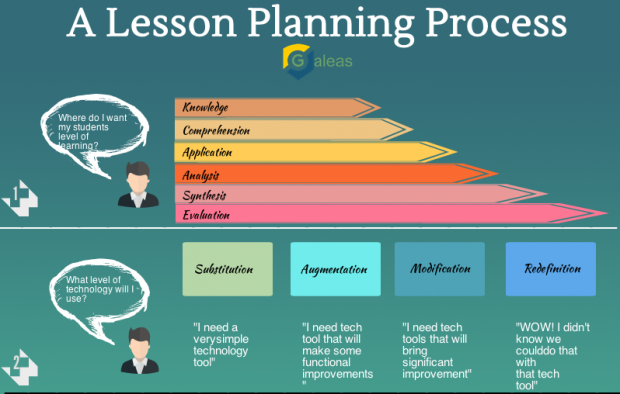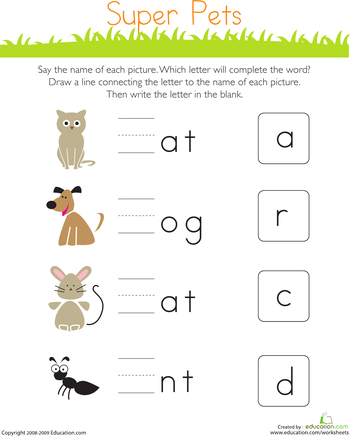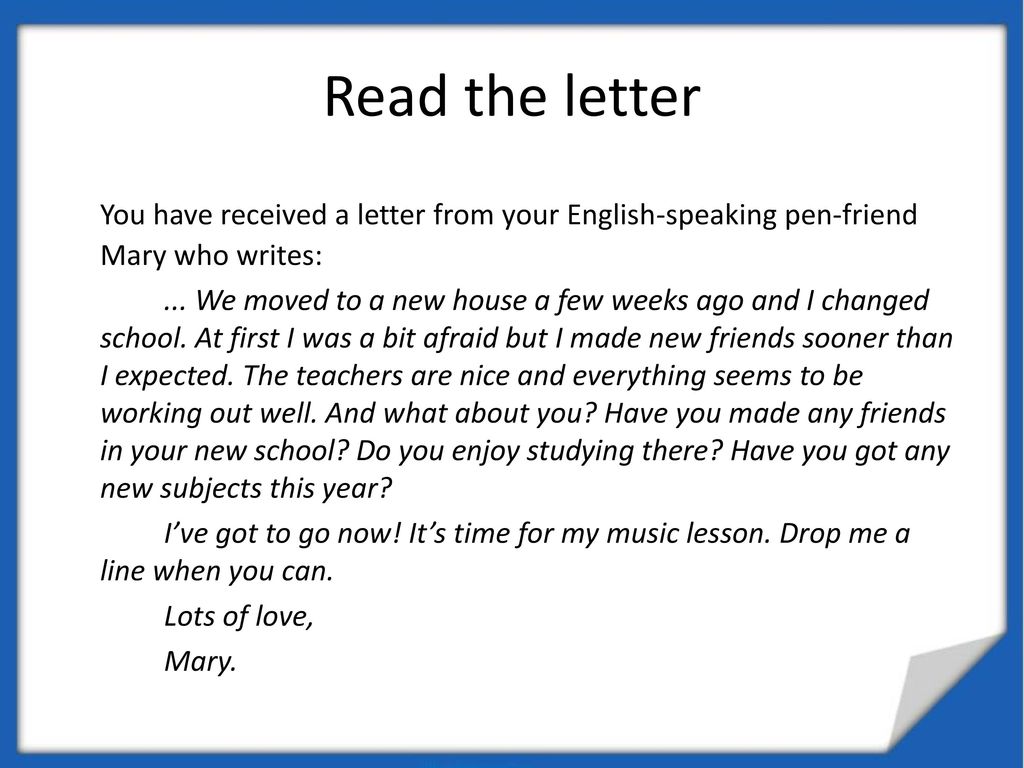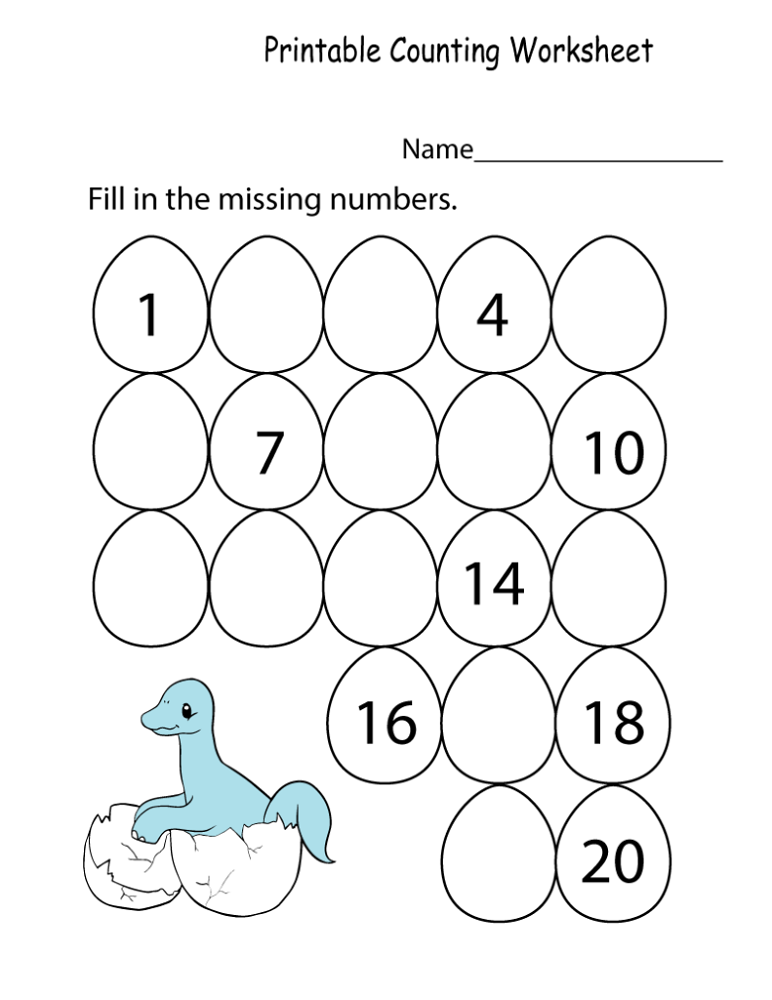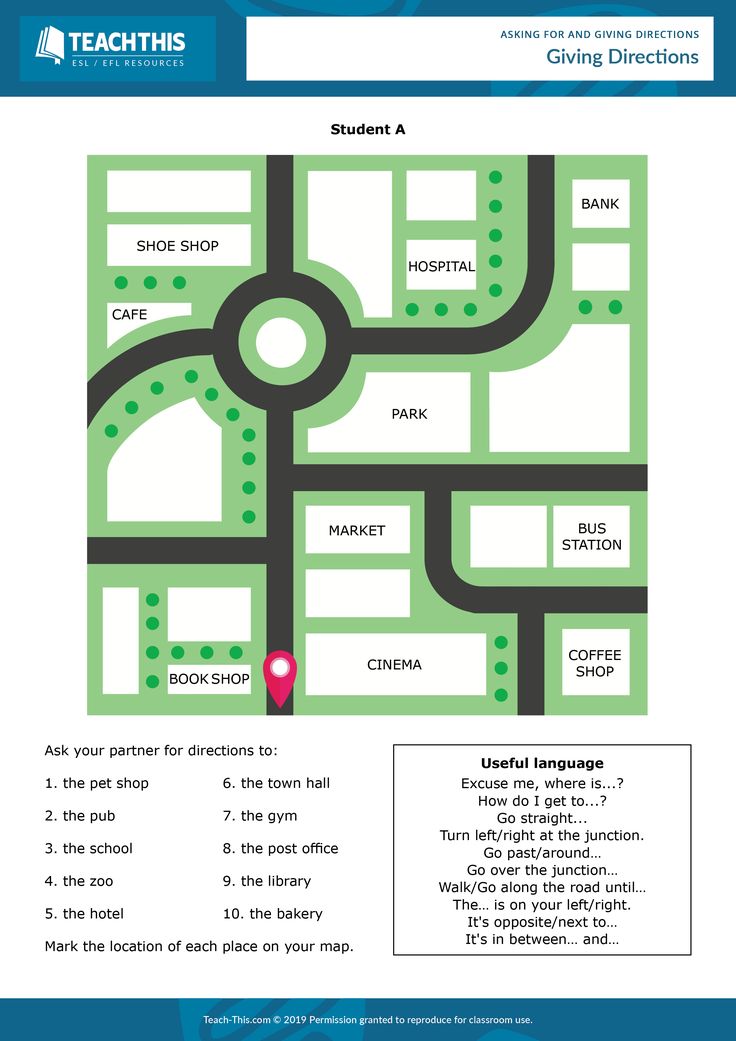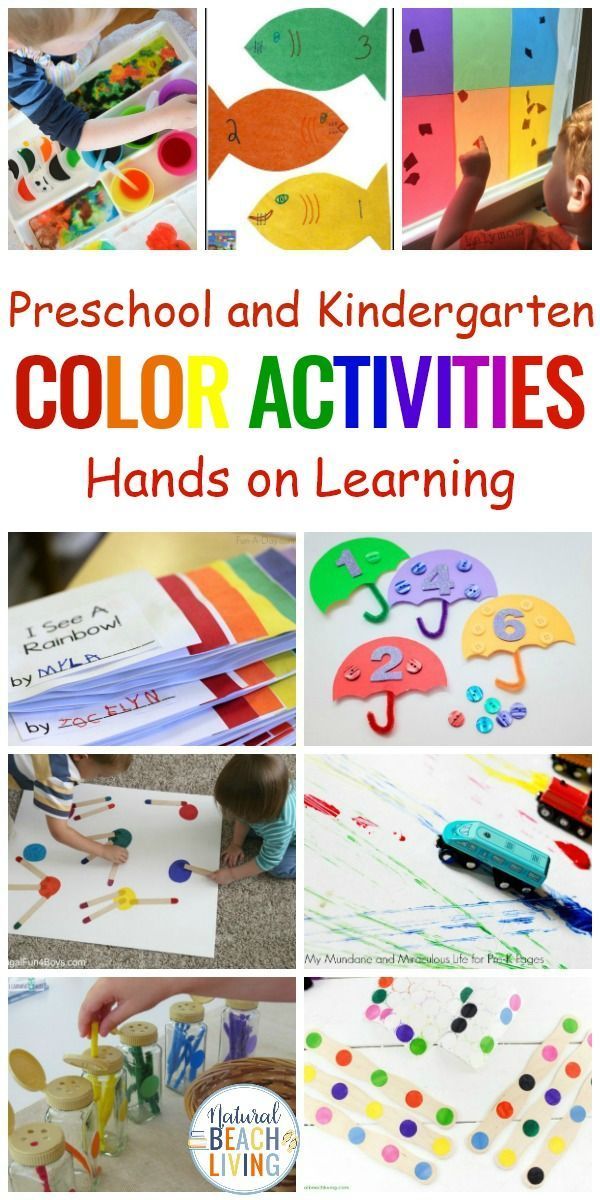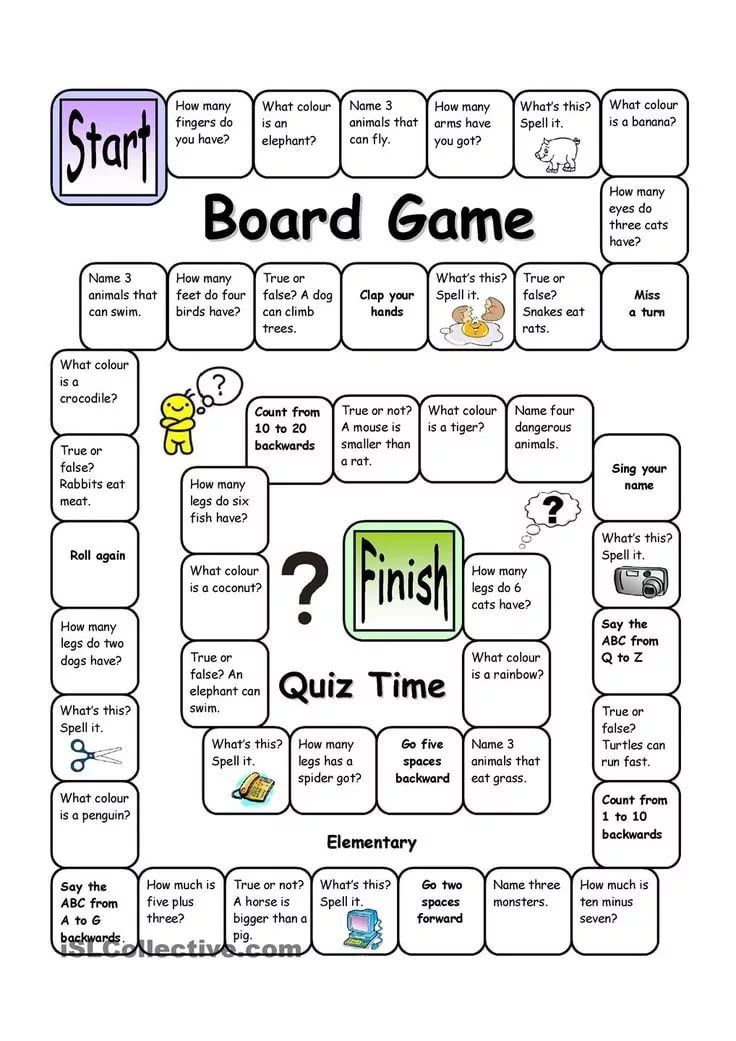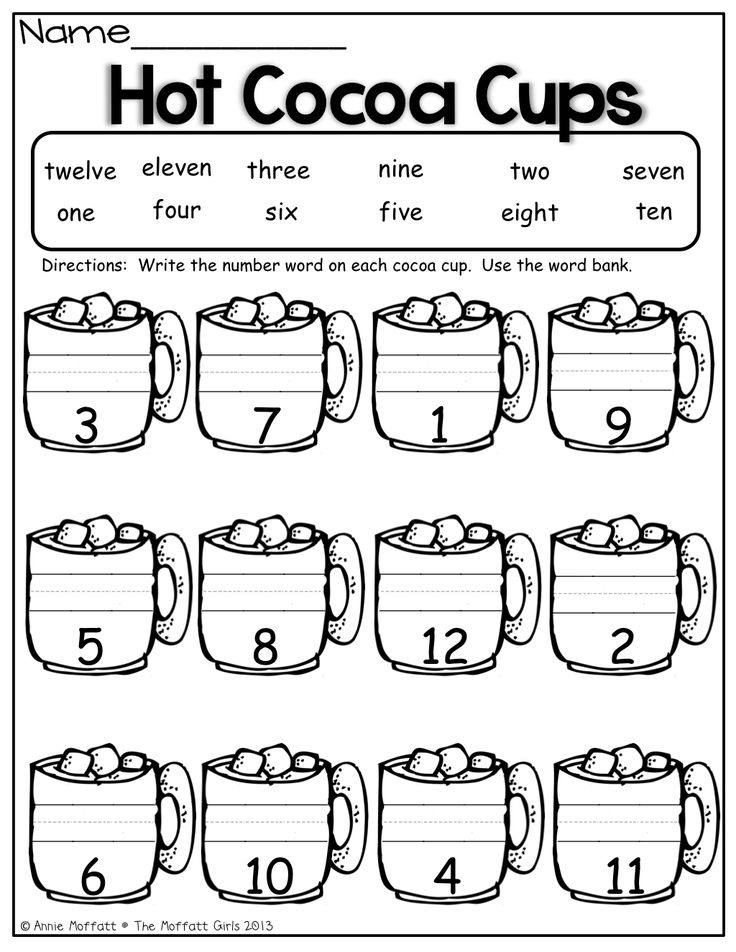Teaching sight words kindergarten
The Best Tips to Teach Sight Words to Kindergarteners
44 shares
- Share
- Tweet
It’s important for beginning readers to develop a bank of sight words to support their early reading. If you’re wondering how to teach sight words to kindergarteners and preschoolers, it’s a task that can be done, but it will definitely take time. Read on for some great tips to get them started early.
What are Kindergarten Sight Words?Sight words are also referred to as “high frequency words” because they are words that appear most frequently in texts.
Some examples of early sight words are “the,” “I,” “a,” and “am.” As children progress with their reading, they can begin to work towards recognizing longer sight words, such as “they,” “said,” “where,” and “have.”
The goal is for children to recognize sight words instantly, without needing to devote much effort to sound them out. This frees up their efforts for words that require more strategies to solve.
For example, a book written for a beginning reader may include the sentence starter, “I am” on each page, with endings such as “swimming” or “running” completing each sentence. Children with a well-developed bank of sight words can instantly and effortlessly recognize the words “I” and “am.”
This allows them to focus their word-solving strategies on the final word in the sentence. They may use strategies such as making the first sound and looking at the picture cue.
When to Teach Kindergarten Sight WordsNot every child is ready for sight words at the same time. Similar to talking and walking, learning sight words is a developmental stage that children begin at different ages. Usually, it should not be before about five years of age.
Before learning sight words, make sure the child has developed pre-reading behavior. Once your child begins showing an interest in letters and words, it indicates that a child is growing closer to reading.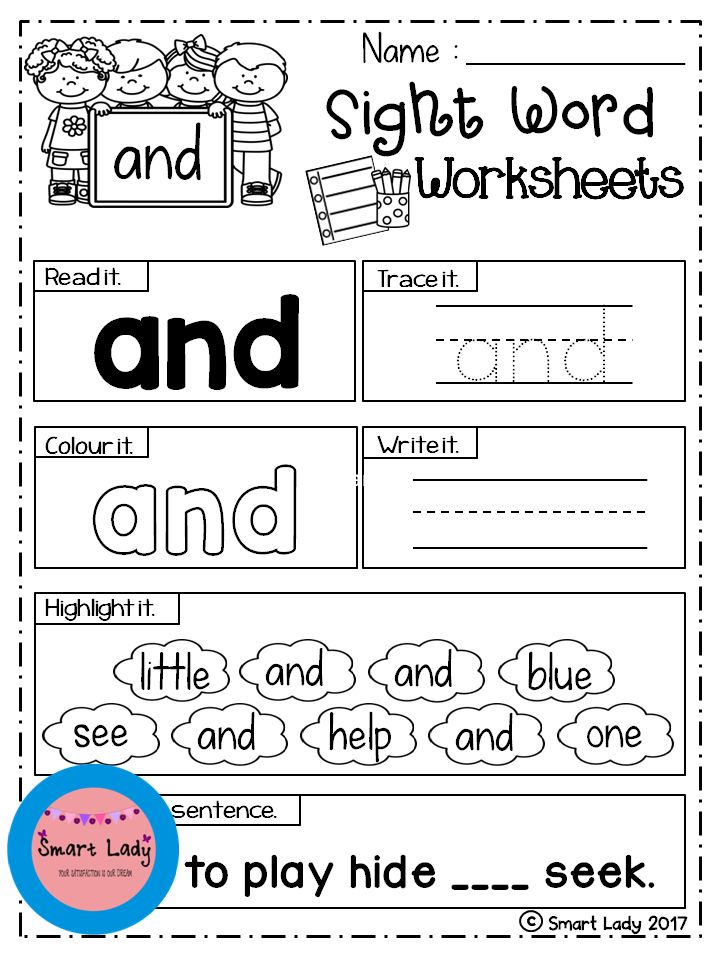
Children are not required to recognize every letter before they begin learning sight words. A few letters and their sounds will let them get started with pre-primer sight words.
How to Teach Sight Words to KindergartenIt can take time for children to learn sight words depending on their age, motivation, and cognitive skills. However, teaching kindergarten sight words with the right strategies can help any child to improve quickly.
If you’re looking for how to teach sight words to kindergarteners or preschoolers, here are some great tips and strategies to do so.
My Favorite Tips to Teach Kindergarten Sight Words
1. Start with a Small List of WordsIt is easy to find lists of sight words to begin introducing to young children. However, it is important that educators do not overwhelm beginning readers with long lists of words to learn. Start with one or two words that you would like to focus on. Give children many opportunities to practice these words and solidify their learning, before introducing more words.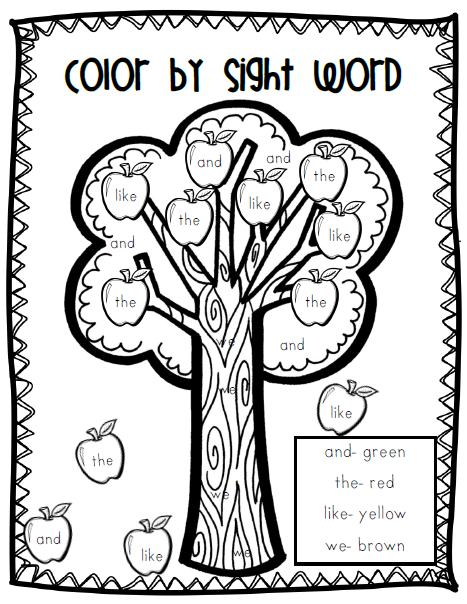
Children can be motivated to learn sight words that hold personal significance to them. For example, a child may enjoy learning how to read the word “mom” or “dad.”
Also, achieving quick success with sight words can motivate children to keep reading. Learning sight words like “I” and “a” may be easier than other words and give children an instant boost in their reading confidence.
3. Don’t Introduce Visually Similar Words TogetherKeep in mind that children who are learning to read may find visually similar words confusing. For example, it is not uncommon for beginning readers to mix up the words “the” and “here.”
To cut back on the confusion, do not introduce visually similar words at the same time. Also, make sure that children have a solid recall of the first word before introducing the second.
4. Practice Makes PerfectAs you introduce new sight words, it is very beneficial to continue revisiting previously learned words.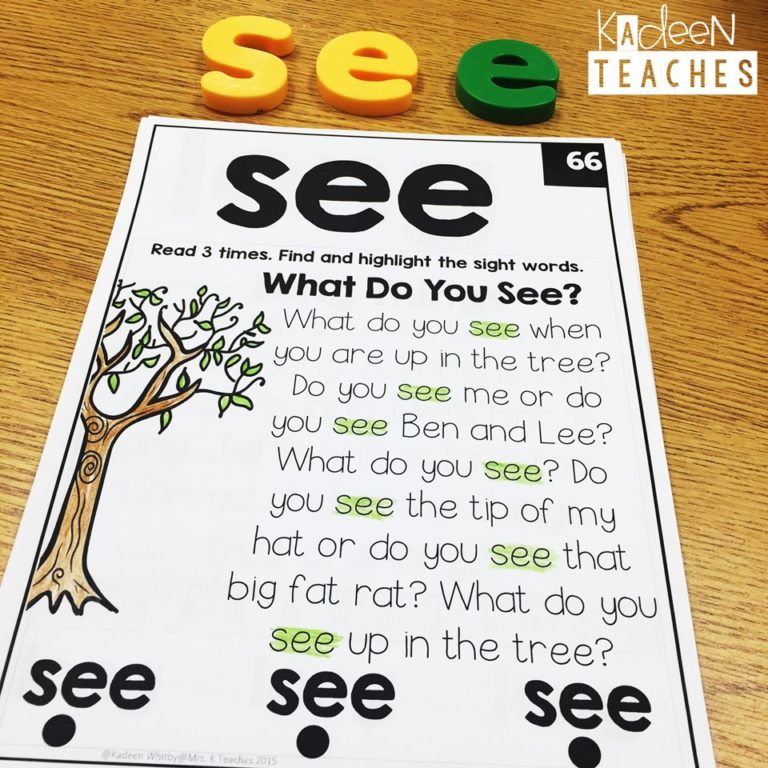 Even if they seem to have mastered a word, once you introduce new words, they may forget what was previously learned.
Even if they seem to have mastered a word, once you introduce new words, they may forget what was previously learned.
Continue to go back and reteach or quiz your children on previously learned words to make sure that they still remember them.
Worksheets can provide children with a variety of ways to review their growing bank of sight words. Coloring, matching, writing, and reading activities all help to solidify their sight word recognition.
5. Use Books for Carry OverA key component of learning sight words is to recognize them in context. Some children may be able to identify a sight word within a list of words or on flashcards, but when it comes up in a book, they have trouble.
Children should be exposed to a variety of books at their current reading level that include sight words they have been practicing. Choosing “just right” books is important.
Asking children to read books that are far too difficult can create frustration.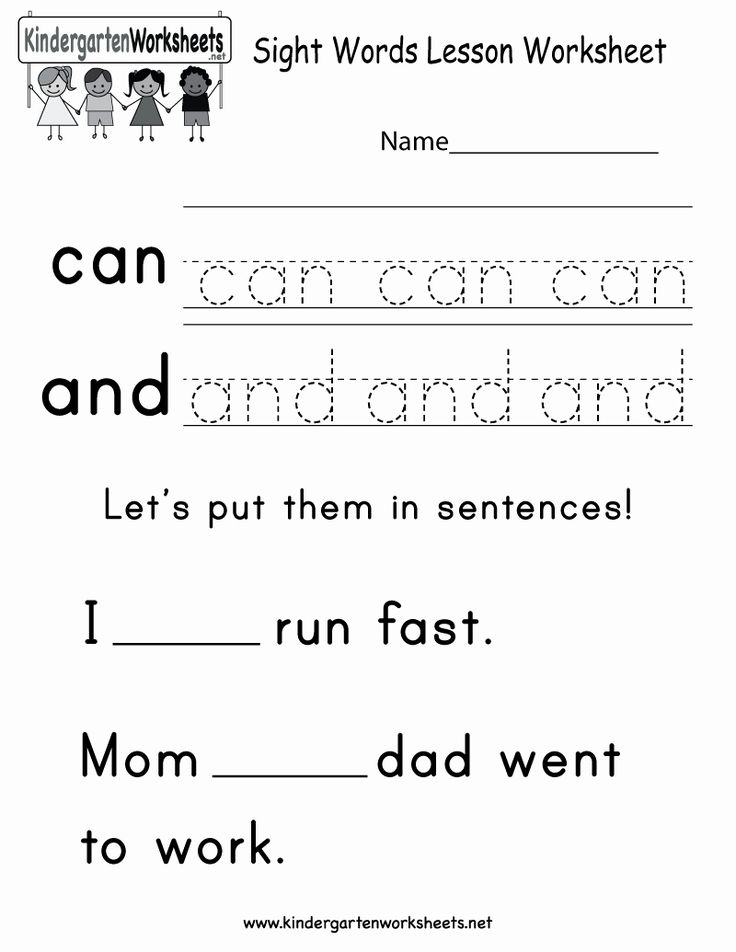 To learn new words, practice word-solving strategies, and sight word recognition, children need experience reading books at their instructional level – not too hard, and not too easy.
To learn new words, practice word-solving strategies, and sight word recognition, children need experience reading books at their instructional level – not too hard, and not too easy.
As you introduce sight words, pair them with books that are filled with the words you’re focusing on. There are many texts written specifically for beginning readers that use patterns and repetition to teach sight words.
The goal is to provide children with lots of exposure to new words and to do so in a context where they can achieve success.
Beginning readers should read the same book more than once, providing them with more opportunities for practice and developing confidence in their reading.
6. Pair Reading and Writing with Sight WordsAnother great strategy for how to teach sight words is to take advantage of the relationship between reading and writing. When children learn how to write a word, they can typically read it as well.
As you’re teaching sight words and incorporating the use of leveled texts, consider ways to involve writing as well. One way is to use a sentence stem from a book children have just read.
One way is to use a sentence stem from a book children have just read.
Using the earlier example of a patterned text that begins each page with “I am,” children could write their own “I am” sentence after reading the book. This provides them with practice writing two sight words.
Letting them choose their own ending for the sentence allows them to personalize their writing. Some children may wish to go a step further than writing one sentence and can create their own “I am” book.
7.
Use Sensory Items For Writing Sight WordsPreschoolers and kindergarteners may enjoy exploring different modalities to write words. Have them experiment with chalk, whiteboard markers, or pastels.
They can also practice writing their words in salt trays, shaving cream, or sand. In addition to writing sight words, children can build the words using materials like magnetic letters, letter tiles, or stamps.
8.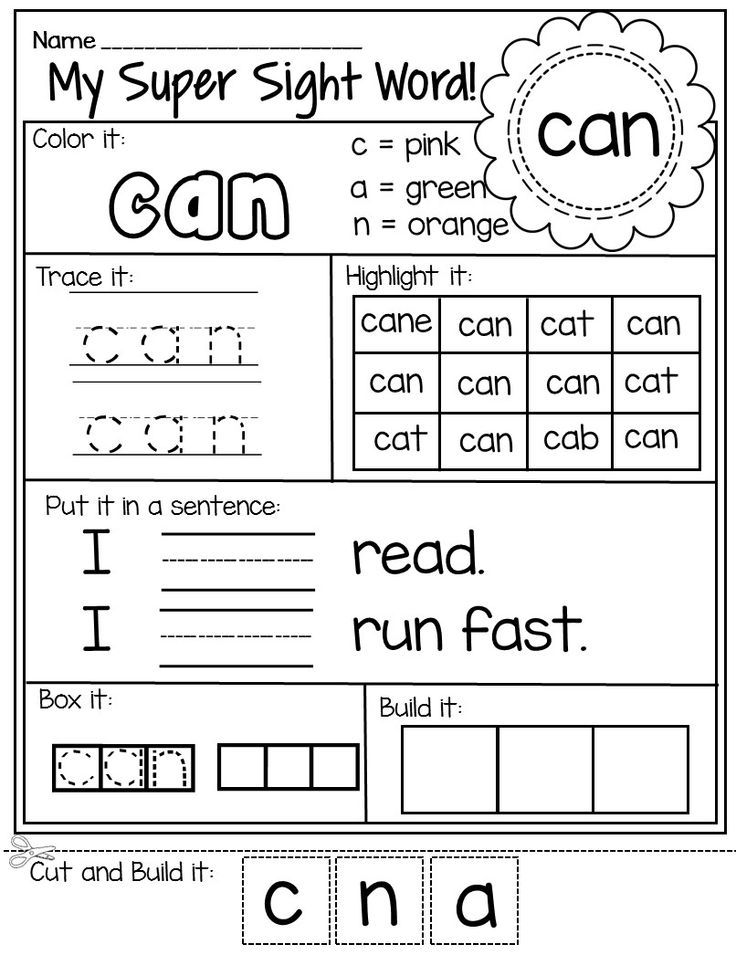 Use Visual Cues (Word Wall)
Use Visual Cues (Word Wall)A great tool to help children remember how to write sight words is a word wall. This is a visual display of words they have been introduced to.
Word walls can be put up on a wall or bulletin board or can be a small, personal chart kept at a child’s table or desk. It’s important to make sure that words are displayed clearly, with the letters formed correctly. Beginning readers and writers can find fancy print confusing.
Word walls are also a great way to keep track of which sight words you have introduced. They also provide another way for children to review their words.
Related Post: Printable Sight Word Flashcards
Easy Activities for Learning Kindergarten Sight Words
Sight word activities are the perfect way to introduce and reinforce kindergarten sight words. The activities can be simple to put together and still have a big impact. Here are a few of my favorites!
This Roll & Read Activity is super simple! All you need is some dice and the FREE printable.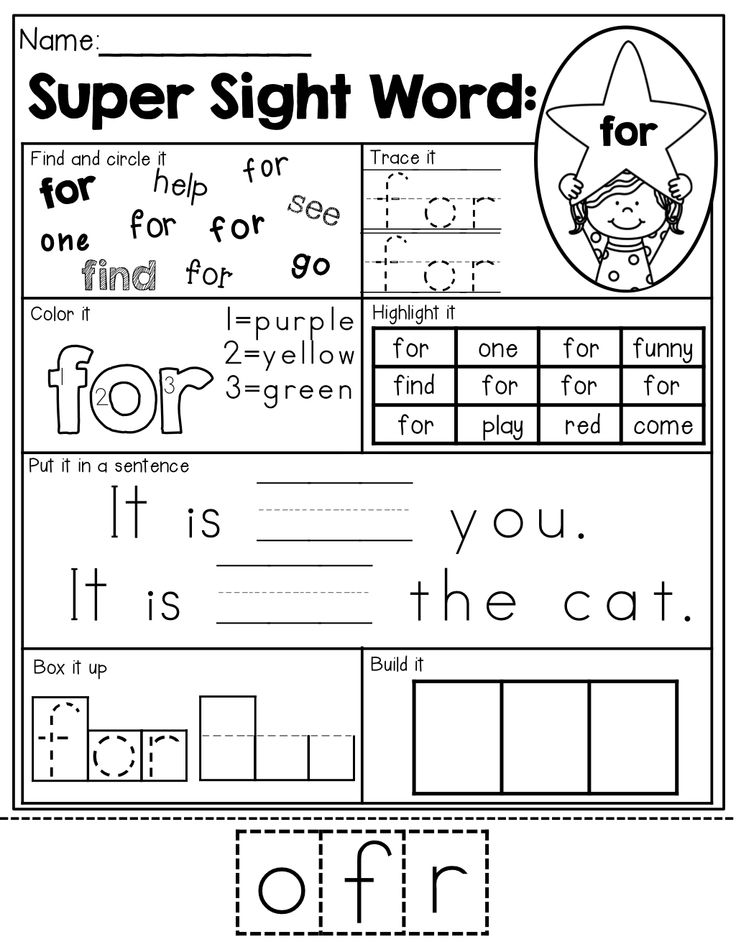 The children roll the dice, and then read the words in the column matching the number on the dice. You can use the free printable, or make your own worksheet with any sight words you are currently working on.
The children roll the dice, and then read the words in the column matching the number on the dice. You can use the free printable, or make your own worksheet with any sight words you are currently working on.This would be the perfect activity for spring time – but really any time is a great time for egg activities! Simply write the sight words on the paper in the shape of an egg. Next hide the words inside the easter eggs, as your kids (or students) read the word, have them find the match on the paper.
This activity from Juggling with Kids looks so much fun! Make a little parking lot with sight words, call out a word and your little one can park the car in the correct spot. What a fun way to learn kindergarten sight words!
4. Magic Sight Words
Write sight words in white crayons on white paper. Give your students some crayons, watercolors, or markers, and let them color the sheet of paper. Watch as they are amazed at the magic word that appears! Have them read the word they just revealed.
Playdough makes everything fun! Have your kiddos form their sight words from playdough, and read the sight word they created.
Kindergarten Sight Word GamesAfter introducing a new word, we don’t want to abandon it before a child has had adequate opportunities to solidify its recall. Sight word games are a great way to teach sight words by reviewing and adding new words.
1. Memory
One example of a sight word game is Memory. Each word needs to be written on two flashcards. All the flashcards are turned over, face down.
Each player takes turns choosing two cards. If they match, the player keeps the cards and gets another turn. If they don’t match, the player flips the cards back over and the next player has a turn.
The game ends once all the cards have been matched. The winner is the player with the most matches.
Another simple sight word game is Zoom. A sight word is written on each flash card. The same word can be written on a couple flashcards if you like.
The same word can be written on a couple flashcards if you like.
The word “zoom” is printed on several flashcards. Players take turns choosing a card from the deck. If they choose a sight word, they read the word then place the card in their own pile.
If they choose a “zoom” card, they get to steal everyone’s cards. Once all the cards have been chosen, the player with the biggest pile wins.
2. Sight Word Bingo
Sight Word Bingo is another way for children to review their sight words. Bingo cards made for dry-erase markers can be reused but paper and pencil also work.
Each player needs a bingo card that has a different sight word in each box. You also need a deck of flashcards with each word written on a card.
One person chooses a card and reads the sight word. The players look at their bingo card to see if they have the word, If so, they check it off.
Cards continue to be chosen until a player gets “bingo.” This may be one line of words, words that create an “X” on the card, words in the four corners of the card, or even every word on the card.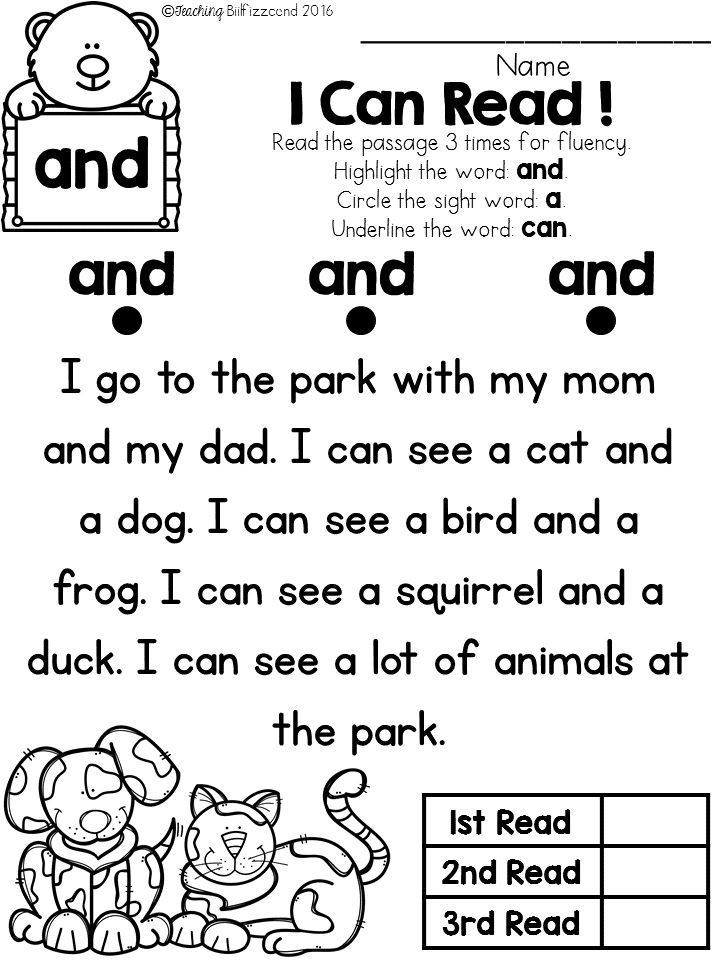
Related Post: Sight Word Bingo Printables
3. YIKES!
This game could not be any simpler! All you need is a cup, some craft sticks, and a marker! Simply write the words you are practicing on the craft sticks, and add a few sticks with the word YIKES! Each child pulls out a stick and reads the word on the card. The play continues as each child reads the words on their stick. When a YIKES stick is pulled, the child is out for this round!
This is a cute and easy game for teaching kindergarten sightwords! Simply write a few sightwords on the bowling pins, the kids can take turn rolling the ball and knocking down the pins. The child who rolls the ball must read the word on the pins that are knocked down. If they read them correctly they keep the pin! Whoever has the most pins will win the game!
5. Sight Word Hide and Seek
For this activity, print out some sight word flash cards, laminate and cut out for durability, then hide the cards around the house (or classroom) when the kids find the words they must read them to you.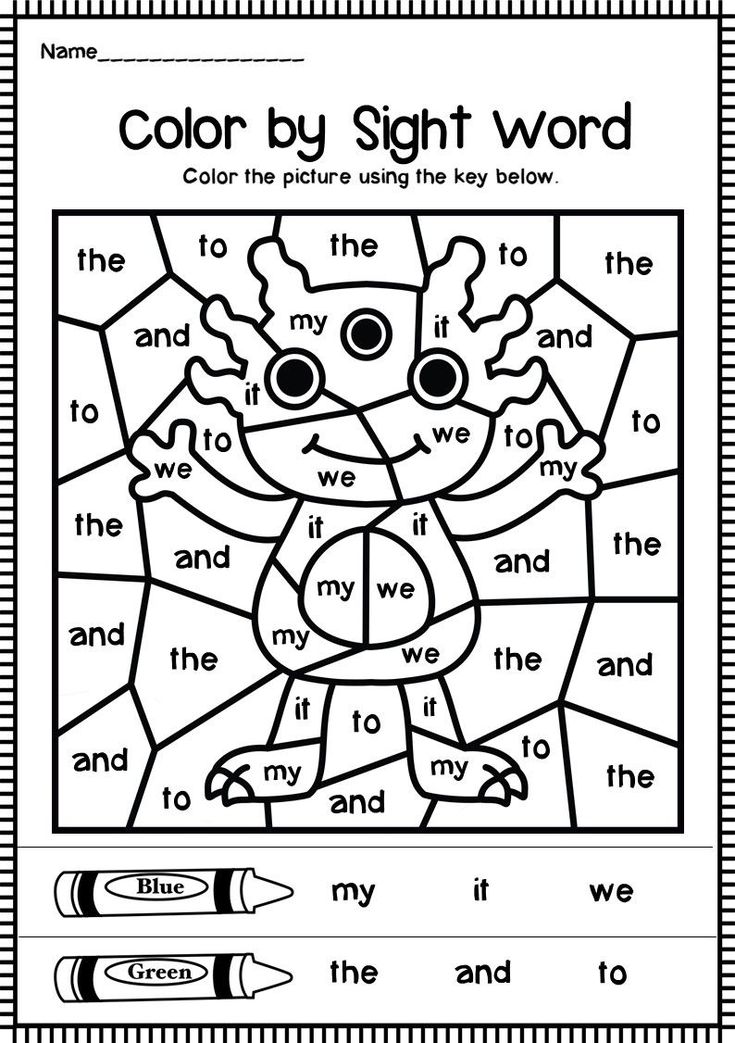 Great idea to get those bodies moving!\
Great idea to get those bodies moving!\
Apps to Practice Kindergarten Sight Words
Althought I think hands on activities are the best choice for learning sight words, apps do have their place in the world as well. Here are a few of my top pics for apps that will help you practice Kindergarten sight words.
You can get Reading Ninja on Itunes for just .99 this game is perfect for learning three letter Kindergarten Sight Word – definitely one of my favorites for beginners.
This app is FREE in the app store, and is perfect for practicing sight words. Your little one can practice over 300 sight words using this app – with or without sound.
This is a perfect app for little ones to be engaged in! They simply need to choose the sight word that is called out.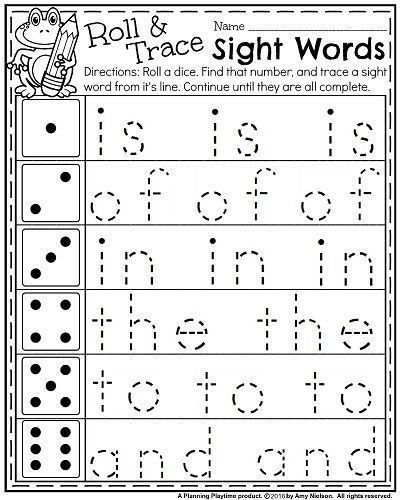 If they get the answer correct they are celebrated by super fun letters.
If they get the answer correct they are celebrated by super fun letters.
Introducing children to sight words is an essential part of teaching them to read. Watching their bank of known words develop is exciting to see! As they accumulate more words that they can instantly recognize, their confidence in both reading and writing will grow.
Now that you know how to teach sight words to kindergarteners and preschoolers, you can get your children and students learning and reading in no time! Be consistent with the above strategies and they’ll love learning to read and write.
Author Bio
Alesia is a founder of PrimaryLearning.org, an educational website that helps elementary school teachers and homeschool parents with hands-on worksheets, activities, and thoughtful articles.
Related posts:
How to Teach Sight Words: Tips For Kindergarten Teachers
Home » How to Teach Sight Words: Tips For Kindergarten Teachers
Are you wondering how to teach sight words? You know that just practicing and memorizing them isn’t that helpful.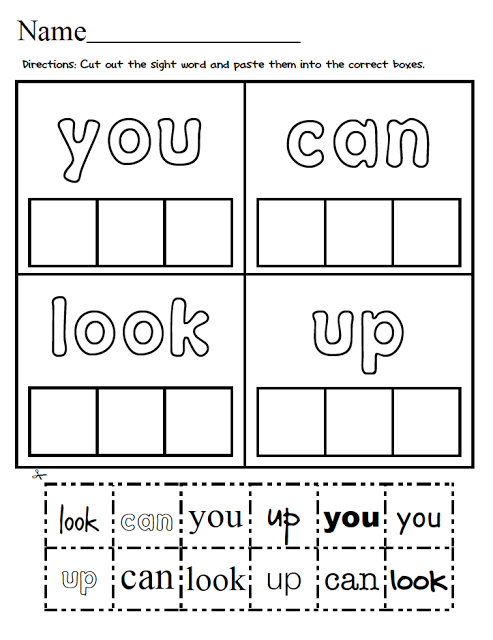 So, what can we do to liven things up? We’ve gathered together our best tips. Perfect for kindergarten and homeschoolers. Click through to get our ideas.
So, what can we do to liven things up? We’ve gathered together our best tips. Perfect for kindergarten and homeschoolers. Click through to get our ideas.
One of the hot topics in the Simply Kinder Facebook group is teaching sight words. And no wonder really. Love ‘em or hate ‘em, we all have to teach sight words.
This Resource Works Well With
Why Is It Important For Students To Learn Sight Words?Before we start, let us go over the basics. Why do we even bother teaching sight words? Phonic instruction is important for early readers, but so are sight words. Sight words are high-frequency words. This means that they appear in the most text more often. Some of these words follow phonics patterns, and some of them don’t.
We want our students to get to the point where they recognize these words without having to sound them out. Teaching these words helps our students read more fluently. But more importantly, it helps them experience success in their reading.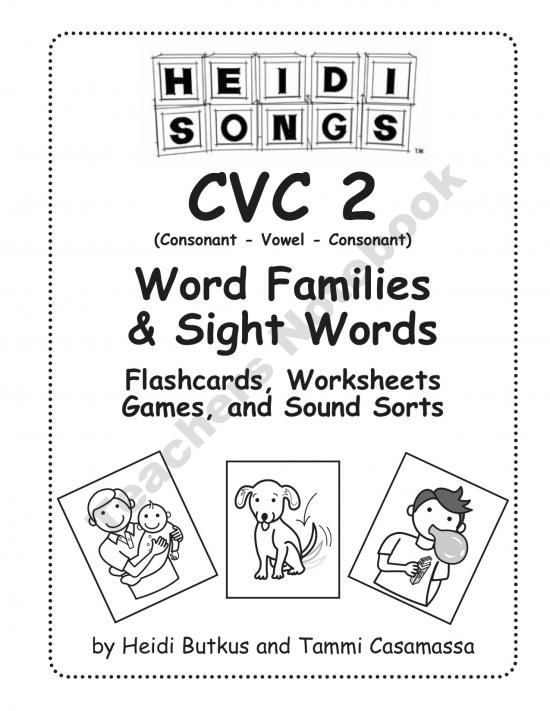 And they will be reading a lot in Kindergarten. Making that a positive experience is vital.
And they will be reading a lot in Kindergarten. Making that a positive experience is vital.
There is no one way that seems to work over all the others. Every child is different and will respond to different approaches. One strategy that works for readers is teaching them the phonics part of reading. There are so many common patterns in sight words like open and closed syllables that will help your students be successful.
The one thing that does make a huge difference is to practice, practice, practice. The more our Kinders see and use those words, the more fluent they will read them.
We’ve gone to the teachers in the Facebook group and scoured the Internet to find out the best tips for teaching sight words. Are you ready to begin?
Our Best Tips For Teaching Sight Words
1. Practice them every day with these three basic steps.
2. Use our simple Sight Word Books: Each book highlights one sight word and uses a predictable pattern.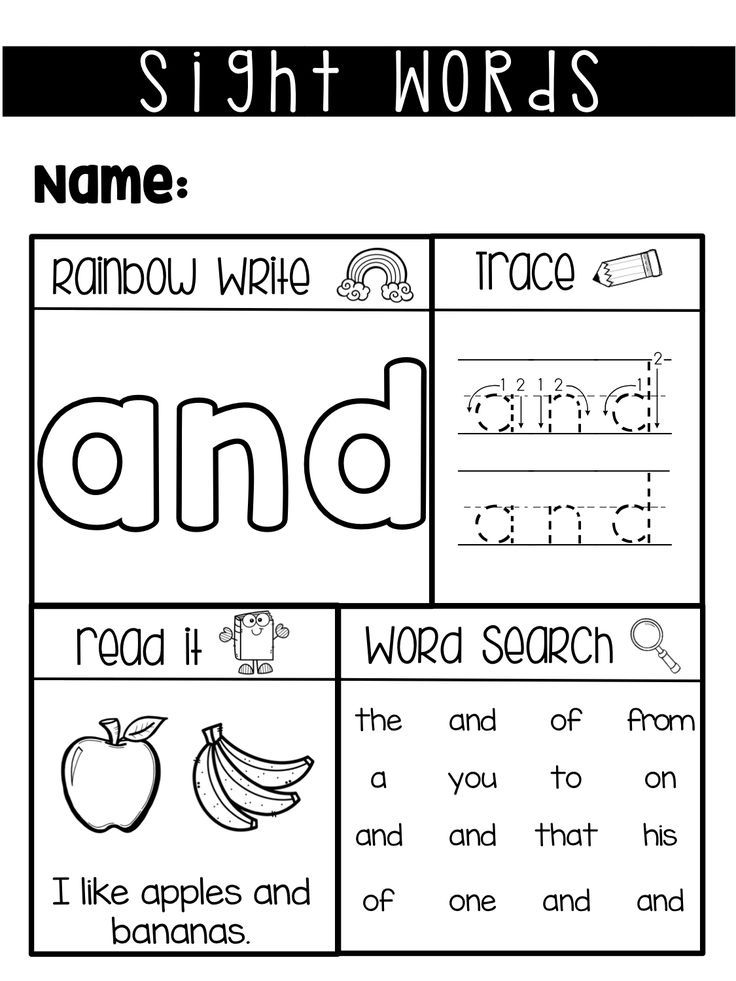 This makes it easy for students to read and experience success. The bundle also includes worksheets, so the children can practice using the words.
This makes it easy for students to read and experience success. The bundle also includes worksheets, so the children can practice using the words.
3. Reinforce with Games: It takes a lot of practice to learn a sight word. We have loads of sight word games to make it fun. Try
- Editable Fall and Winter Games
- Mining For Sight Words
- Sight Word Train Center
- Egg Basket Sight Word Game
More Games
4. Play Kaboom! (suggested by Grace Goodson Johnson): Here is a DIY game that is very easy to prepare. All you will need is some craft sticks and a permanent marker.
5. Roll a word: Another DIY game that kids love. Tape a square box closed and write one sight word on each side. Kinders roll the dice and read the word.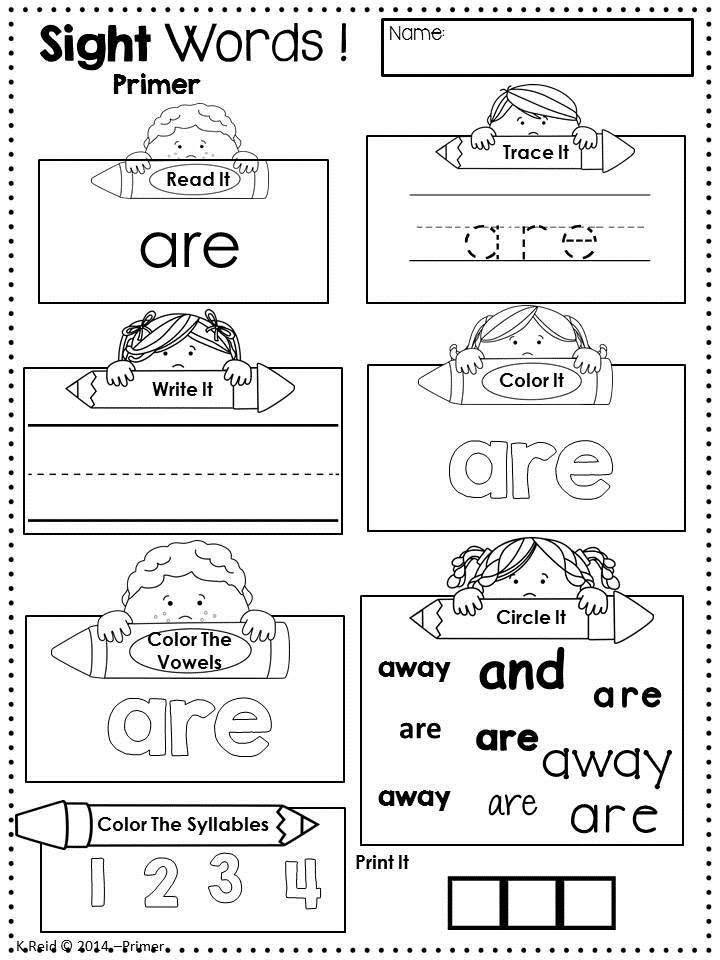 That’s all there is to it! Sometimes the simplest things work the best.
That’s all there is to it! Sometimes the simplest things work the best.
6. Jenga sight words: You will need to find/buy a Jenga game. Write one sight word on each block (use a permanent marker). Play the game, but each time your Kinders pull out a block they have to read the word.
sight word path7. Make it Active: Kinders have a lot of energy to spare. Anything that pairs movement and learning is going to be a big hit.
- path of sight words
- sight word snowball fight
- Sight word high five
Writing and Manipulatives
8. Use Sight Words In Writing: Your students will benefit from using the words they learn. The act of writing helps reinforce the phonemes and builds muscle memory.
- Pattern writing on desks
- Sight Word Writing Activity and Game
- Writing in shaving cream (put on desk or on cookie sheets and students write words with fingers)
- Writing in sand
- Read it, write it, glue it worksheets
8.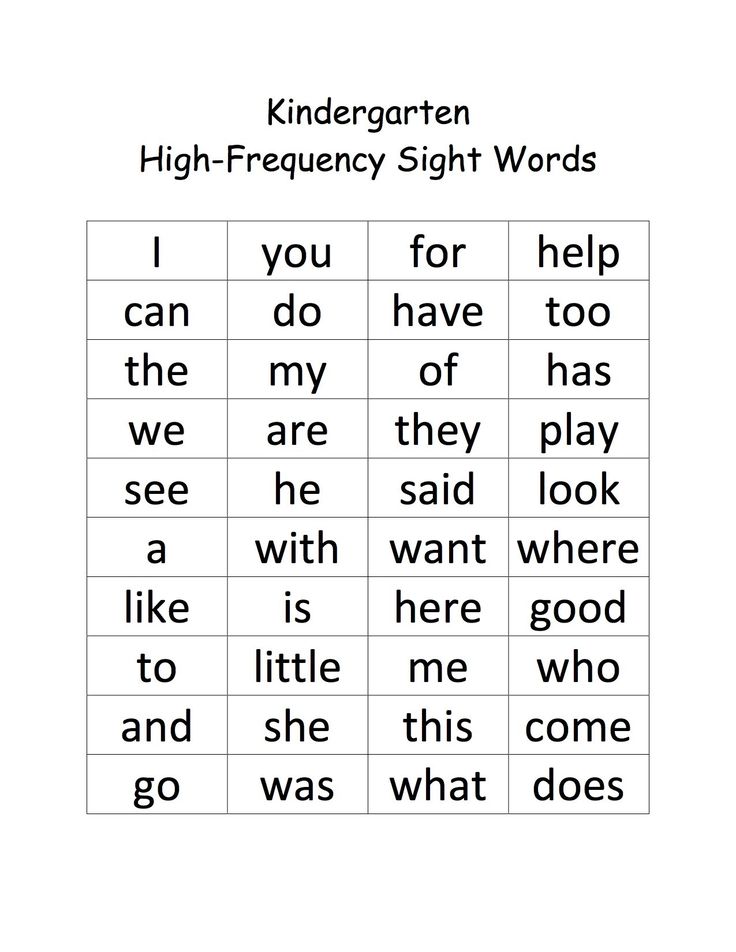 Teaching Sight Words With Manipulatives: Manipulatives are fun and can liven up learning.
Teaching Sight Words With Manipulatives: Manipulatives are fun and can liven up learning.
- Sight Word builders and Rocks Game
- Sight Word Snap Block Center
- Build words with letter tiles or magnetic letters.
- Stamp them using alphabet stamps.
- A sight word activity using mini erasers
Practice Makes Perfect
10. Re-visit sight words constantly. As they say, practice makes perfect and repeated exposure will eventually make the word stick. Children need loads of practice reading and writing sight words before they finally learn them. Do this by introducing sight words in many ways. Check out our ultimate list of sight word activities.
11. Try a sight word app: Have you discovered the Sight Word Ninja app yet? It is an inexpensive and great way for students to practice, particularly struggling readers!
Related: The Best Free Kindergarten Apps for reading
Songs and Videos
12.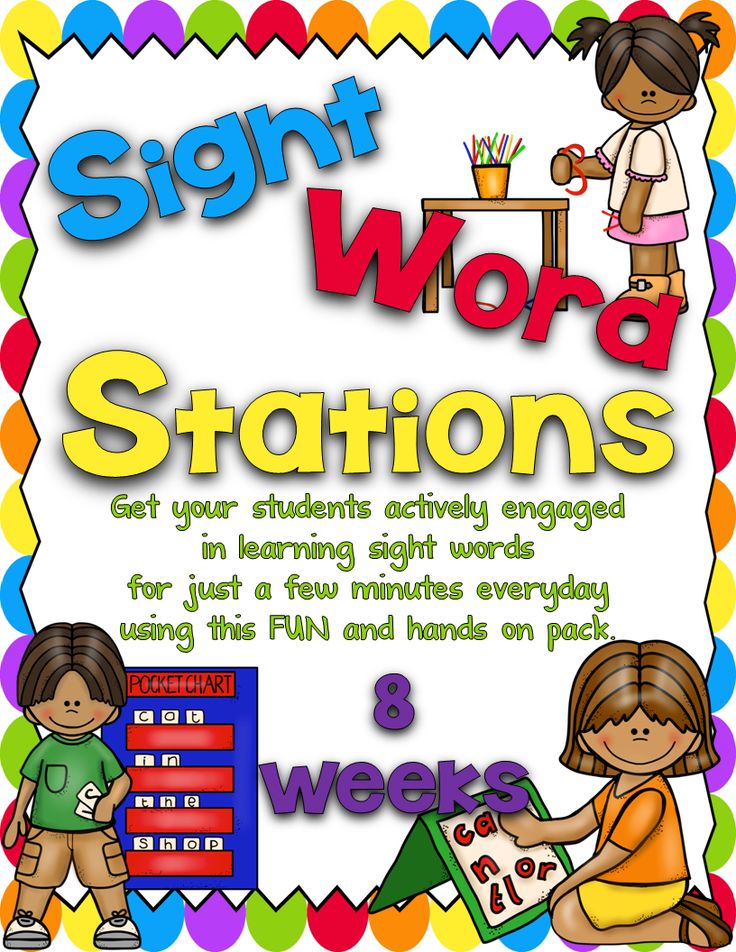 Sing them: A lot of teachers in the Simply Kinder group recommended Heidi’s Songs. It is quite an investment, but worth considering if you have a parent offering to buy something for your classroom.
Sing them: A lot of teachers in the Simply Kinder group recommended Heidi’s Songs. It is quite an investment, but worth considering if you have a parent offering to buy something for your classroom.
13. Sight word of the day song: Here is a free alternative for those of us that can’t afford to buy the songs right now. This brilliant idea came from Stacey Elizabeth in the Simply Kinder Facebook group. We will use the sight word could, but feel free to substitute any word of your choice.
Sung to the tune of B-I-N-G-O
There was a sight word of the day and could was our sight word.
c-o-u-l-d, c-o-u-l-d, c-o-u-l-d,
And could was our sight word.
Write the song out on newsprint or whiteboard and leave gaps where the word should go. Print the words on paper, cut out and add them to the song each day.
This works brilliantly for 5 letter sight words, but you can use words with a fewer letters.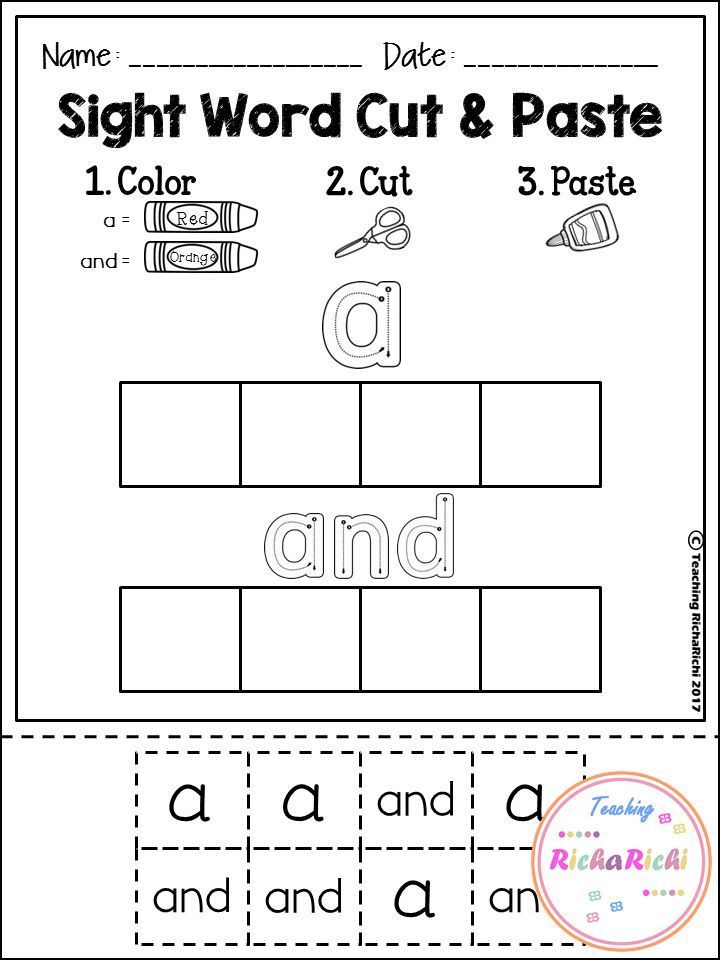 Just adjust the timing of the song.
Just adjust the timing of the song.
14. Use You Tube Videos: There are loads of free sight word videos on Youtube. Here’s two of our favorites
15. Use Pinterest: Pinterest is a goldmine of ideas. Check out my Sight Word Pinterest board
Sight Words
These are our best tips and we know that we will be adding to the list as we find more, so you may want to pin this post.
Your Turn
How do you teach sight words? Do you have a brilliant tip to share?
At Simply Kinder we work together to bring you ready-to-use resources to partner with great teaching for any curriculum, a Facebook community where teachers talk all things Kindergarten, and low-prep learning ideas that your students will love.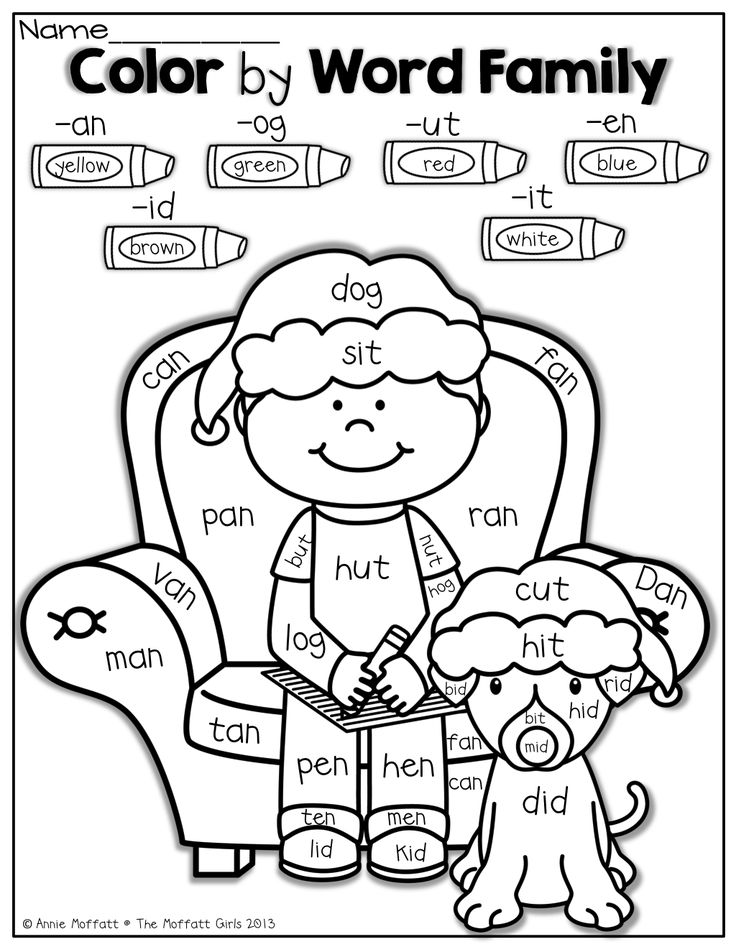 Be sure to stay up to date with all things kindergarten on Instagram, Facebook, Pinterest, and through email. Simply Kinder: where teaching Kinder is definitely better together!
Be sure to stay up to date with all things kindergarten on Instagram, Facebook, Pinterest, and through email. Simply Kinder: where teaching Kinder is definitely better together!
EMC in kindergarten
NEW APPROACHES IN TEACHING STATE LANGUAGES TO CHILDREN
IN THE DOE OF THE REPUBLIC OF TATARSTAN.
The modernization of Russian education has brought constructive changes to the system of preschool education. The traditional methods of organizing the pedagogical process of preschool educational institutions have been replaced by technologies of student-oriented interaction between teachers and children, the expedient organization of a developing environment, project-activity and competence-based approaches in the organization of pedagogical work.
Decree of the Cabinet of Ministers of the Republic of Tatarstan dated December 30, 2010 No. 1174 “On approval of the Education Development Strategy in the Republic of Tatarstan for 2010-2015. “Kilachak”, as part of the implementation of the priority measures of the Strategy, a creative group created by the Ministry of Education and Science of the Republic of Tatarstan developed a teaching and methodological kit for teaching children the two state languages in preschool educational institutions of the Republic of Tatarstan.
New approaches to teaching state languages to children in preschool educational institutions of the republic, which were developed by experts, were presented by the Minister of Education and Science of the Republic of Tatarstan Albert Gilmutdinov. in the future, English is also taught as a philological discipline. This is the deepest mistake. We want to make sure that the language is taught as a means of communication, as a tool for people's lives, especially at a younger age,” said the head of the Ministry of Education and Science of the Republic of Tatarstan.
According to him, if in the past the teaching of languages was dominated by academicism, theorizing, now there is an appeal to the practice of orientation, multimedia, learning through games, fairy tales, cartoons. “Speaking about the new teaching methods, we are talking symmetrically about the Russian language for Tatar-speaking families and the Tatar language for children from Russian-speaking families. It is important that all children have a good command of both languages,” the minister stressed.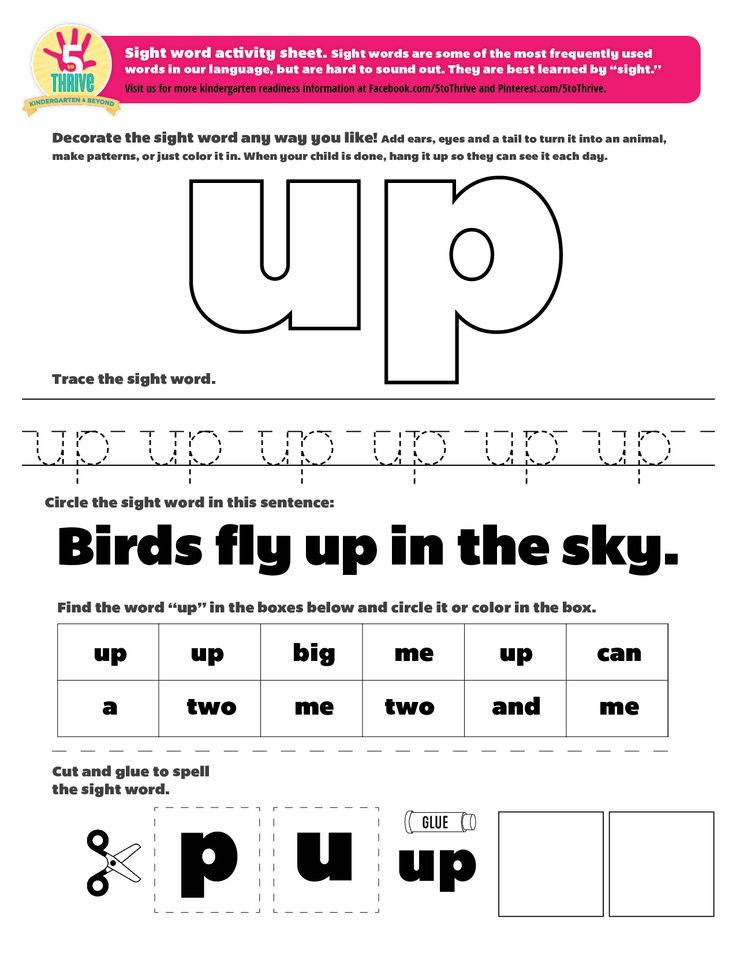
It is planned that in Tatarstan children aged 4-5 years should know 62 words in the Tatar and Russian languages, and already in the 4th grade of the school their vocabulary should have 1167 words. The prime minister of the republic asked the participants of the meeting why such a number of words should be in the arsenal of schoolchildren. As it turned out, the methods of teaching languages that have developed in the world were taken as a basis.
For teaching in kindergartens, an educational and methodological package was compiled, which included collections of works of art for educators and parents, as well as sets of audio and video materials in Tatar and Russian. Especially for the new program, it was developed: 5 cartoons in the Tatar language, 45 animated stories, 8 educational programs that will be broadcast on the TNV channel. On the TNV channel, a TV show in the Tatar language “Akiyat ilendә” was created for preschool children in order to teach children colloquial speech.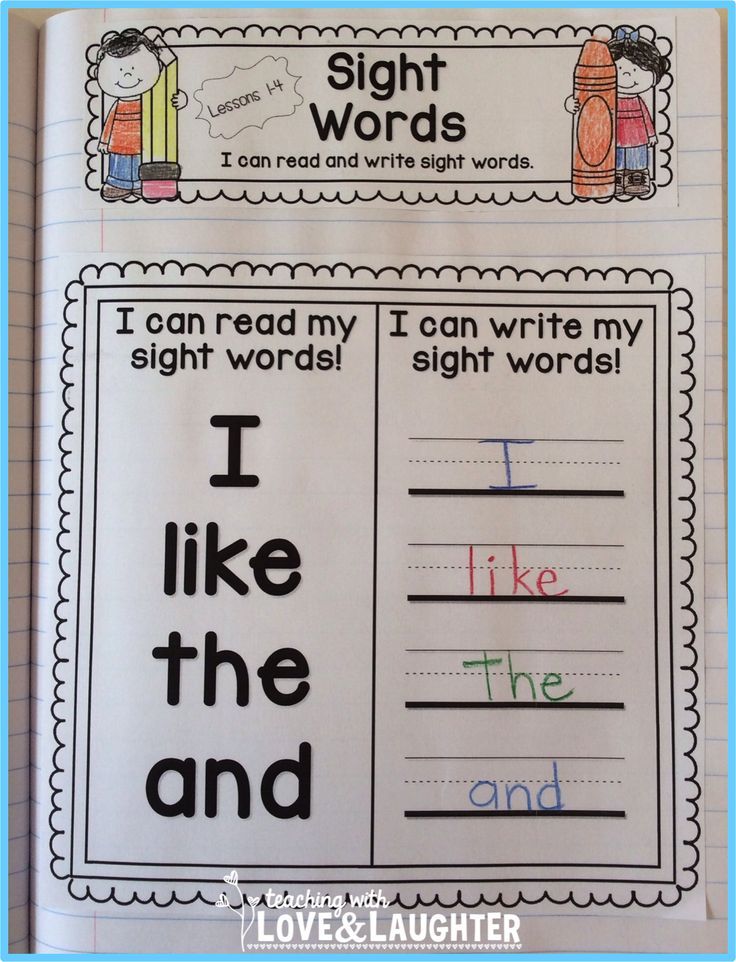 The new project provides an opportunity for very young viewers to learn the Tatar language together with their parents, starting from its very basics.
The new project provides an opportunity for very young viewers to learn the Tatar language together with their parents, starting from its very basics.
In each episode, the host of the program, cheerful and groovy Gulchachak, together with cute characters, in a fun way, introduces young viewers to new words, culture and traditions of the Tatar people. The most important elements of the program are interactive developmental tasks that involve both children in the studio and kids at the TV screens in thematic games, which contributes to the development of speech, vocabulary, and most importantly, interest in learning the Tatar language and forming the foundations of a multicultural personality.
TV programs use new developing educational technologies for studying the Tatar language as a means of communication. The duration of the program is 10 minutes, which corresponds to the optimal duration of watching a TV show recommended by children's specialists. The program was prepared by order of the Ministry of Education and Science of the Republic of Tatarstan with the assistance of the Republican Agency for Press and Mass Communications.
Watch the new program "Akiyat Ilend" from February 5 to Sundays at 9:30 on TNV! If you do not have the opportunity to watch the television version of the program, then you can see or download the release of the program “Akiyat Ilend” on the website of the Ministry of Education and Science of the Republic of Tatarstan.
In addition, 8 popular cartoons were translated into Tatar, a set of 3 CDs with musical fairy tales and children's songs was created.
February Tatarstan Republicasy Cabinets Karary Belәn Gamulgәlgә Kuelgan 2010-2015 NCHA TARARDA TATARDARA Republican Mәgarifn үster strategy “Kilәchәk” programs Kysalandi mәktәchәchcu birred Tatarstan Republican Dr. Tellәn Tatarstan Republicas Khoman Yortynda TR Premier-ministers Ildar Khalikov Ruishelendә “Kilәchәk” Seriesenә Karagan yaa ukytu-method-method, alarna gamulgә kuy eshchәnlegen җәlder җәheshlangan Makhsus “tppe sistyle” TR HYKMET BASHLYGY KERERERGURYARYANYANY үTә kөnүzәk һәm dәһәһәhmyatyaty bilgelәp үtte: “Without arada balalar baklaryna yөrүchelәrgәm tutar һәm tellәm һәm өәle өyrәhr өrhr imes shakeshel Tellar uzlashteru bailyk! Respublikabyznyң kilәchәge bulgan balalarnyң dәүlәt tellәren үzlәshterү processes on maktәpkәchә yashtә үk start biru - maktәp, yugary uku yortlarynda belem alu etaba ochen yakhshy foundation azerladideu. Balalarnyң tәkdim itelgәn ukytu-methods komplektlary nigezendә shөgyllәnүlәren, berenche chiratta, mavyktyrgych һәm yugary dәrәҗәdә professional itep oeshtyru zarurlygyn kabat-kabat assyzyklady. Zamancha pedagogical technology lәr belәn yanәshә multimedia charalaryn һәm Internet mөmkinleklәrenneң kiң faydalanyluy өchen Tatarstan Republicasy Khөkүmәtenenң mul yardәmen vәgүдә іtte.
Balalarnyң tәkdim itelgәn ukytu-methods komplektlary nigezendә shөgyllәnүlәren, berenche chiratta, mavyktyrgych һәm yugary dәrәҗәdә professional itep oeshtyru zarurlygyn kabat-kabat assyzyklady. Zamancha pedagogical technology lәr belәn yanәshә multimedia charalaryn һәm Internet mөmkinleklәrenneң kiң faydalanyluy өchen Tatarstan Republicasy Khөkүmәtenenң mul yardәmen vәgүдә іtte.
Yana ukytu-methodik komplektlar hakynda suz alyp barganda, without Tatars gailәlәre өchen rus telen һәm rus gailәlәrendәge balalar өchen tatar telen үzlәshterүne effective itә torgan zamancha ryndasabaplar tu. Barlyk balalarnyn da ike telne da yakhshy belүe moһim. 1167 Balalar bakchalarynda dәүlәt tellәren өyrәtu өchen ukytu-methodology sets tөzelgәn, anda tәrbiyachelәr һәm ata-analar өchen matur әdәbiyat җyentiklary, shulai uk tatar һәм rus tellerendәge audio material. Programmers gamalgә kertu protsessinda tarbiyachelәrne һәm ata-analarny and asset katnashtyru zarur.
Creative teams from Kazan and Naberezhnye Chelny developed teaching materials:
1 set for teaching Russian to Tatar-speaking children “Learning the Russian language”, a creative team led by Gaffarova Sabili Mullanurovna;
2 set - for teaching Russian-speaking children the Tatar language "Tatarcha soylashabez" - "We speak Tatar", a creative group led by Zaripova Zifa Mirkhatovna;
3rd set - for teaching Tatar-speaking children the native language "Tugan telda soylashabez", a creative team led by Khazratova Fayruza Vakilevna;
4th set - for children of preparatory school groups "Maktәpkәchә yashtәgelәr әlifbasy: avazlarny uynatyp" (for Tatar-speaking children) author Shaekhova Reseda Kamilevna, manual "One - a word, two - a word" (entertaining teaching of the Tatar language) author Shaekhova Reseda Kamilevna.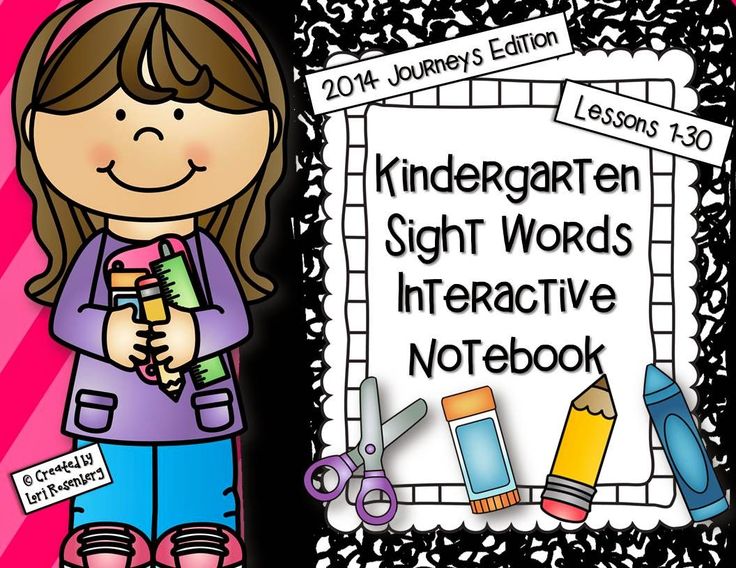
"Learning the Russian language" S. Gaffarova
The "Learning the Russian language" package includes a program for teaching Russian language to children from the middle groups of national kindergartens, a manual for educators. It contains class notes, physical education minutes, finger games, a workbook for children and educators, a selection of games and exercises, audio and video materials for work, both in the classroom and outside the classroom, a list of visual materials.
The handbook for educators contains an approximate distribution of program material by topics, where vocabulary, speech samples, microdialogues, songs and poems are highlighted, each topic is designed for work from 3 to 5 weeks. The presentation of the material of each topic begins with the formulation of tasks that will be solved by the educator in the course of work. Visual aids necessary for the work are given. The thematic principle of lesson planning makes it easier to control the stock of acquired vocabulary and speech structures.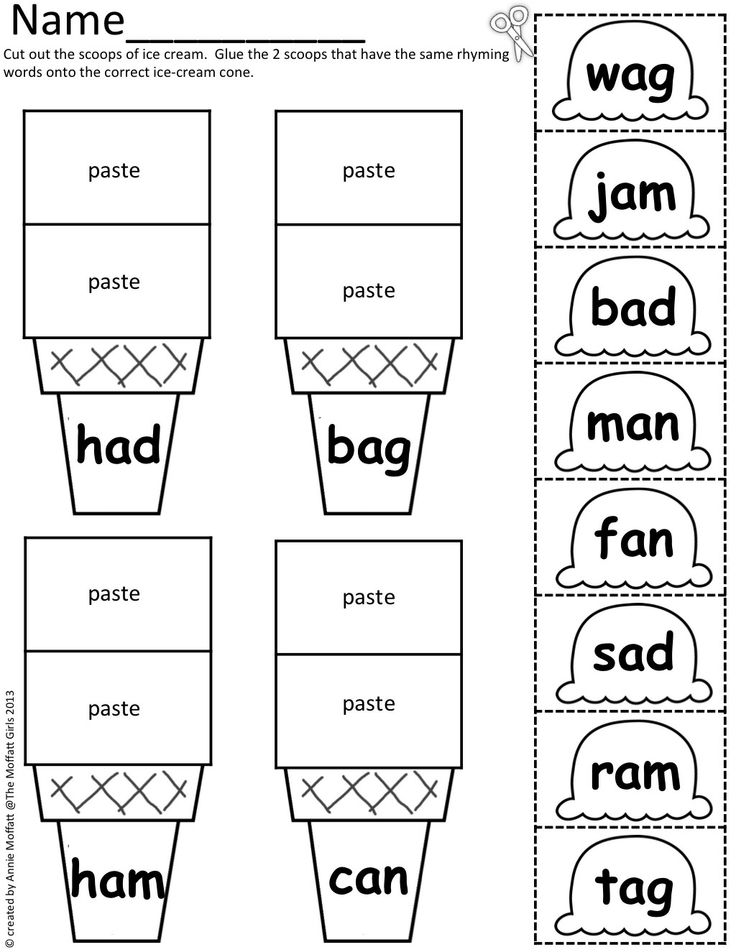 Classes are planned to be held 3 times a week in a playful way, with the participation of fairy-tale characters, toys, etc.
Classes are planned to be held 3 times a week in a playful way, with the participation of fairy-tale characters, toys, etc.
The workbook is part of the teaching materials for teaching children the Russian language and an annex to the guide for educators "Learning the Russian language". The notebook is designed for joint work of an adult and a child of 4-5 years old. With the help of this notebook, the child's vocabulary is fixed, as well as the ability to answer questions and make a sentence of 2-3 words. The workbook includes educational and game tasks aimed at developing fine motor skills, graphic skills and visual perception of children.
"Tatarcha soilashabez" - "We speak Tatar" Z. Zaripova
A creative group led by Z.M. Zaripova developed a teaching materials for teaching Russian-speaking children the Tatar language. The project consists of three parts: “Minem өem” (for the middle group), “Uyny-Uyny үsәbez” (for the senior group), “Maktәpkә ilta yullar” (for the group preparatory to school).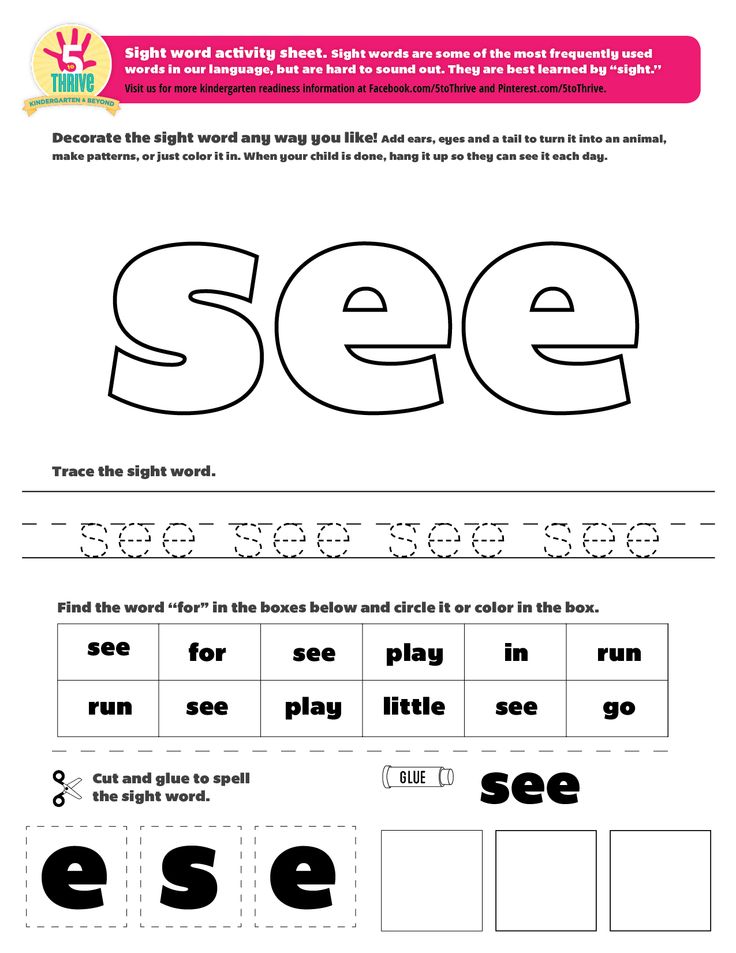 The main task of studying the Tatar language at preschool age is the formation of the initial skills and abilities of practical knowledge of the Tatar language in oral form, to form the motivation for the child's learning, to activate in speech words denoting an object, a sign of an object and an action; to promote the ability to compose short stories based on a series of situational pictures with one character, a plot picture, or from the child’s personal observations. In the process of learning, children must learn to perceive and understand Tatar speech by ear and speak Tatar within the limits of the topics available to them, the words they have learned.
The main task of studying the Tatar language at preschool age is the formation of the initial skills and abilities of practical knowledge of the Tatar language in oral form, to form the motivation for the child's learning, to activate in speech words denoting an object, a sign of an object and an action; to promote the ability to compose short stories based on a series of situational pictures with one character, a plot picture, or from the child’s personal observations. In the process of learning, children must learn to perceive and understand Tatar speech by ear and speak Tatar within the limits of the topics available to them, the words they have learned.
The workbook is one of the main components of the EMC “We speak Tatar”, designed for children aged 4-5 who are taking their first steps into the world of the Tatar language. A creative notebook will help: a child learn the vocabulary of the Tatar language, consolidate speech material, attract parents to actively engage in the development of their baby. The workbook contains tasks for naming, summarizing and comparing objects to determine their size, size, quantity.
The workbook contains tasks for naming, summarizing and comparing objects to determine their size, size, quantity.
"Tugan telda soylashabez"
F.Khazratova, Z.Sharafetdinova, I.Khabibullina
Kindergarten is the first link in the education system. To become highly educated, a person must master all the riches of his native language. Therefore, one of the main tasks of the kindergarten is the formation of the correct oral speech of children on the basis of mastering the language of their people.
Preschool age is a period of active assimilation of the spoken language by a child, formation and development of all aspects of speech. Full knowledge of the native language in preschool childhood is a necessary condition for solving the problems of mental, aesthetic and moral education of children.
The main goal of speech education is for the child to creatively master the norms and rules of his native language, be able to apply them flexibly in specific situations, and master basic communication skills.
In this regard, the educational and methodological kit “Tugan teldә soylәshәbez” was developed and compiled. , a series of paintings.
The main goal of the EMC “Tugan telda soylashabez” is the formation of the correct oral native speech of preschool children. The main task for the program is to teach children to speak correctly and beautifully.
TMC "Tugan telde soylashabez" is developed for the first junior group, the second junior group, middle, senior, groups preparatory to school. Their peculiarity lies in the formation of the grammatical structure, phonetic, lexical levels of the language system, the development of coherent speech.
The methodological manual has the usual structure. The explanatory note reveals the relevance of the development of speech, teaching children the native language. The purpose and objectives of the methodological manual are indicated. The characteristic of the structure of the methodological manual is given. The age-related features of the development of children are revealed, which are taken into account when organizing the educational process in preschool educational institutions.
The manual proposes long-term planning of educational activities for children of the first junior group, which includes the subject of educational activities, tasks (developing, educational, educational), structure and means of training and education. Long-term planning is given in a convenient tabular form, which will allow preschool teachers to clearly conduct educational activities with children. It is designed in accordance with the thematic principle: “Kindergarten”, “Autumn”, “I am a Human”, “My environment”, “Winter”, “New Year”, “Dads and mothers, grandparents”, “Folk art ", "Spring Summer". Monitoring is carried out twice a year using a diagnostic technique. The monitoring results are recorded in the children's personal cards. Outlines of educational activities have also been developed. The educational activities of children are organized taking into account the Federal State requirements for the structure of the PEP of preschool education. There is an integrated approach to organizing the activities of kids.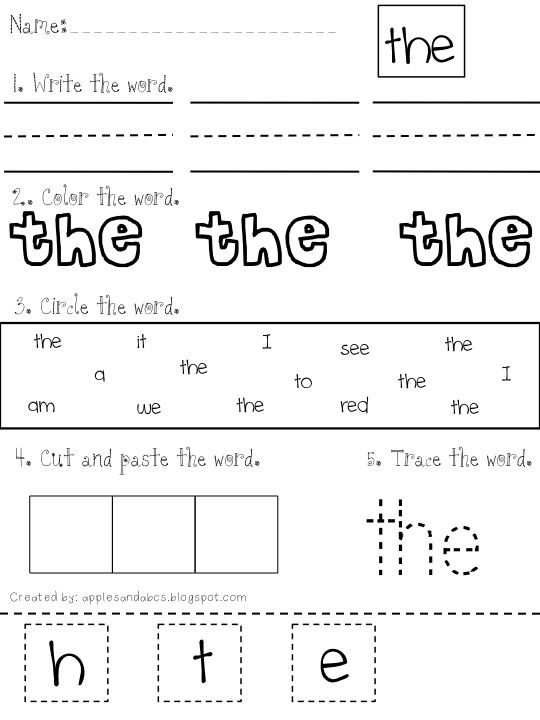
“Mәktәpkәchә yashtәgelәr әlifbasy: avazlarny uinatyp”,
“One word, two word” R. Shaekhova
the use of the words most suitable in meaning when designating objects, properties, qualities, actions. To encourage participation in a collective conversation, to form the ability to perform game tasks of a creative nature. Form an idea of a word, sound, syllable, sentence. To learn to distinguish a given sound in pronunciation, to divide two or three compound words into syllables, to name syllables in words in a certain sequence, to correlate the spoken word with the scheme of its sound composition, to conduct an elementary sound analysis of words (in the process of modeling). Develop psychomotor readiness of the hand for writing.
To solve these problems, we rely on the workbooks “Maktapkachә yashtәgelәr әlifbasy: avazlarny uinatyp”.
Also, for interesting and effective teaching of the Tatar language for educators and parents, a methodological manual "One - a word, two - a word" has been developed. The manual is compiled on the most common and familiar topics for children, where, next to the name of objects and phenomena in Russian and Tatar, an artistic text is given, questions about the content are revealed. Specially designed game tasks, cognitive stories, fairy tales, riddles allow expanding children's capabilities in memorizing and reproducing new information. NEW APPROACHES TO TEACHING STATE LANGUAGES TO CHILDREN
The manual is compiled on the most common and familiar topics for children, where, next to the name of objects and phenomena in Russian and Tatar, an artistic text is given, questions about the content are revealed. Specially designed game tasks, cognitive stories, fairy tales, riddles allow expanding children's capabilities in memorizing and reproducing new information. NEW APPROACHES TO TEACHING STATE LANGUAGES TO CHILDREN
IN THE DOE OF THE REPUBLIC OF TATARSTAN.
The modernization of Russian education has brought constructive changes to the system of preschool education. The traditional methods of organizing the pedagogical process of preschool educational institutions have been replaced by technologies of student-oriented interaction between teachers and children, the expedient organization of a developing environment, project-activity and competence-based approaches in the organization of pedagogical work.
Decree of the Cabinet of Ministers of the Republic of Tatarstan dated December 30, 2010 No. 1174 “On Approval of the Education Development Strategy in the Republic of Tatarstan for 2010-2015. “Kilachak”, as part of the implementation of the priority measures of the Strategy, a creative group created by the Ministry of Education and Science of the Republic of Tatarstan developed a teaching and methodological kit for teaching children the two state languages in preschool educational institutions of the Republic of Tatarstan.
1174 “On Approval of the Education Development Strategy in the Republic of Tatarstan for 2010-2015. “Kilachak”, as part of the implementation of the priority measures of the Strategy, a creative group created by the Ministry of Education and Science of the Republic of Tatarstan developed a teaching and methodological kit for teaching children the two state languages in preschool educational institutions of the Republic of Tatarstan.
New approaches to teaching state languages to children in preschool educational institutions of the republic, which were developed by experts, were presented by the Minister of Education and Science of the Republic of Tatarstan Albert Gilmutdinov. in the future, English is also taught as a philological discipline. This is the deepest mistake. We want to make sure that the language is taught as a means of communication, as a tool for people's lives, especially at a younger age,” said the head of the Ministry of Education and Science of the Republic of Tatarstan.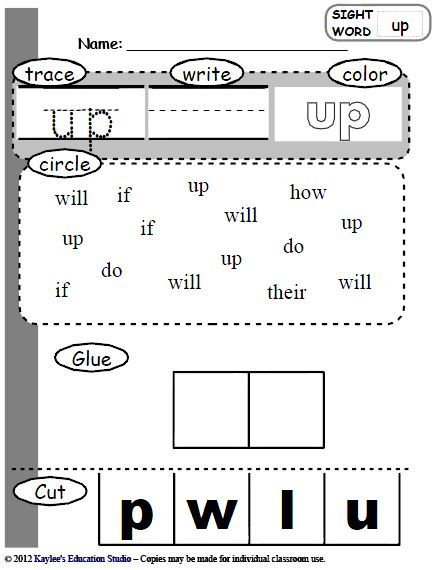
According to him, if in the past the teaching of languages was dominated by academicism, theorizing, now there is an appeal to the practice of orientation, multimedia, learning through games, fairy tales, cartoons. “Speaking about the new teaching methods, we are talking symmetrically about the Russian language for Tatar-speaking families and the Tatar language for children from Russian-speaking families. It is important that all children have a good command of both languages,” the minister stressed.
It is planned that in Tatarstan children aged 4-5 years should know 62 words in the Tatar and Russian languages, and already in the 4th grade of the school their vocabulary should have 1167 words. The prime minister of the republic asked the participants of the meeting why such a number of words should be in the arsenal of schoolchildren. As it turned out, the methods of teaching languages that have developed in the world were taken as a basis.
For teaching in kindergartens, an educational and methodological package was compiled, which included collections of works of art for educators and parents, as well as sets of audio and video materials in Tatar and Russian.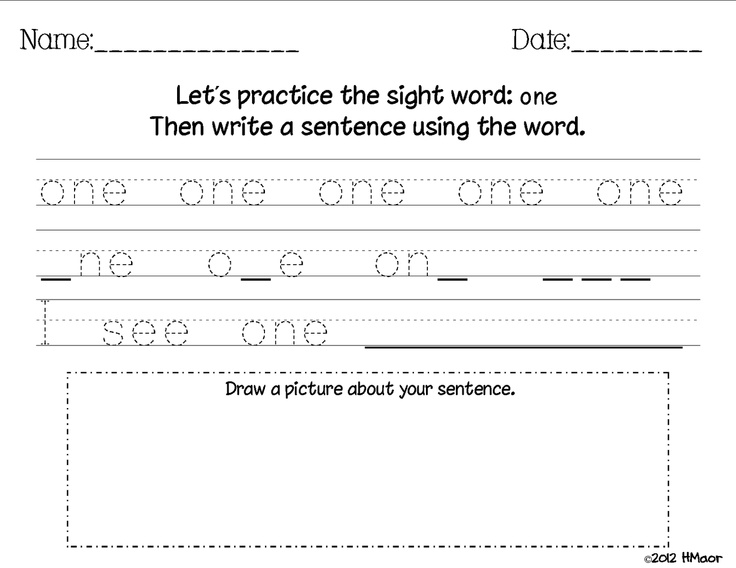 Especially for the new program, it was developed: 5 cartoons in the Tatar language, 45 animated stories, 8 educational programs that will be broadcast on the TNV channel. On the TNV channel, a TV show in the Tatar language “Akiyat ilendә” was created for preschool children in order to teach children colloquial speech. The new project provides an opportunity for very young viewers to learn the Tatar language together with their parents, starting from its very basics.
Especially for the new program, it was developed: 5 cartoons in the Tatar language, 45 animated stories, 8 educational programs that will be broadcast on the TNV channel. On the TNV channel, a TV show in the Tatar language “Akiyat ilendә” was created for preschool children in order to teach children colloquial speech. The new project provides an opportunity for very young viewers to learn the Tatar language together with their parents, starting from its very basics.
In each episode, the host of the program, cheerful and groovy Gulchachak, together with cute characters, in a fun way, introduces young viewers to new words, culture and traditions of the Tatar people. The most important elements of the program are interactive developmental tasks that involve both children in the studio and kids at the TV screens in thematic games, which contributes to the development of speech, vocabulary, and most importantly, interest in learning the Tatar language and forming the foundations of a multicultural personality.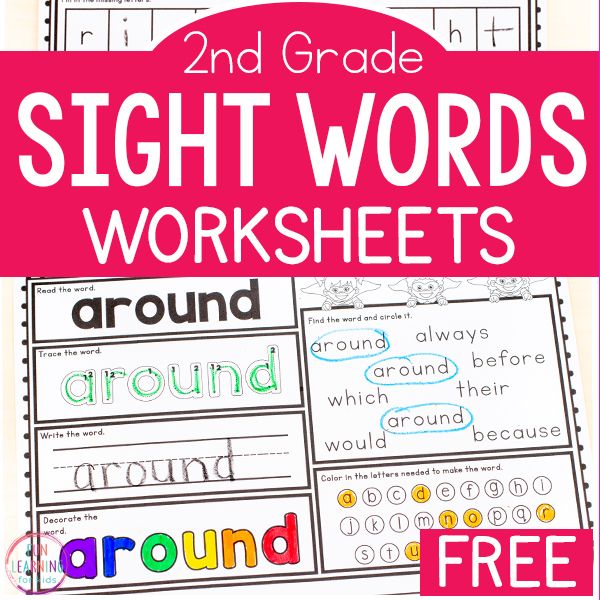
TV programs use new developing educational technologies for studying the Tatar language as a means of communication. The duration of the program is 10 minutes, which corresponds to the optimal duration of watching a TV show recommended by children's specialists. The program was prepared by order of the Ministry of Education and Science of the Republic of Tatarstan with the assistance of the Republican Agency for Press and Mass Communications.
Watch the new program "Akiyat Ilend" from February 5 to Sundays at 9:30 on TNV! If you do not have the opportunity to watch the television version of the program, then you can see or download the release of the program “Akiyat Ilend” on the website of the Ministry of Education and Science of the Republic of Tatarstan.
In addition, 8 popular cartoons were translated into Tatar, a set of 3 CDs with musical fairy tales and children's songs was created.
February Tatarstan Republicasy Cabinets Karary Belәn Gamulgәlgә Kuelgan 2010-2015 NCHA TARARDA TATARDARA Republican Mәgarifn үster strategy “Kilәchәk” programs Kysalandi mәktәchәchcu birred Tatarstan Republican Dr.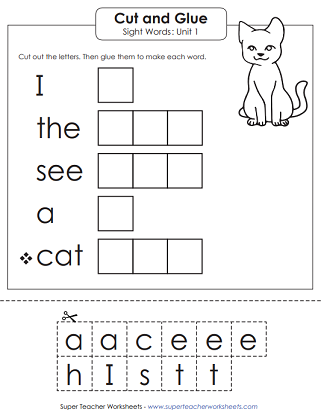 Tellәn Tatarstan Republicas Khoman Yortynda TR Premier-ministers Ildar Khalikov Ruishelendә “Kilәchәk” Seriesenә Karagan yaa ukytu-method-method, alarna gamulgә kuy eshchәnlegen җәlder җәheshlangan Makhsus “tppe sistyle” TR HYKMET BASHLYGY KERERERGURYARYANYANY үTә kөnүzәk һәm dәһәһәhmyatyaty bilgelәp үtte: “Without arada balalar baklaryna yөrүchelәrgәm tutar һәm tellәm һәm өәle өyrәhr өrhr imes shakeshel Tellar uzlashteru bailyk! Respublikabyznyң kilәchәge bulgan balalarnyң dәүlәt tellәren үzlәshterү processes on maktәpkәchә yashtә үk start biru - maktәp, yugary uku yortlarynda belem alu etaba ochen yakhshy foundation azerladideu. Balalarnyң tәkdim itelgәn ukytu-methods komplektlary nigezendә shөgyllәnүlәren, berenche chiratta, mavyktyrgych һәm yugary dәrәҗәdә professional itep oeshtyru zarurlygyn kabat-kabat assyzyklady. Zamancha pedagogical technology lәr belәn yanәshә multimedia charalaryn һәm Internet mөmkinleklәrenneң kiң faydalanyluy өchen Tatarstan Republicasy Khөkүmәtenenң mul yardәmen vәgүдә іtte.
Tellәn Tatarstan Republicas Khoman Yortynda TR Premier-ministers Ildar Khalikov Ruishelendә “Kilәchәk” Seriesenә Karagan yaa ukytu-method-method, alarna gamulgә kuy eshchәnlegen җәlder җәheshlangan Makhsus “tppe sistyle” TR HYKMET BASHLYGY KERERERGURYARYANYANY үTә kөnүzәk һәm dәһәһәhmyatyaty bilgelәp үtte: “Without arada balalar baklaryna yөrүchelәrgәm tutar һәm tellәm һәm өәle өyrәhr өrhr imes shakeshel Tellar uzlashteru bailyk! Respublikabyznyң kilәchәge bulgan balalarnyң dәүlәt tellәren үzlәshterү processes on maktәpkәchә yashtә үk start biru - maktәp, yugary uku yortlarynda belem alu etaba ochen yakhshy foundation azerladideu. Balalarnyң tәkdim itelgәn ukytu-methods komplektlary nigezendә shөgyllәnүlәren, berenche chiratta, mavyktyrgych һәm yugary dәrәҗәdә professional itep oeshtyru zarurlygyn kabat-kabat assyzyklady. Zamancha pedagogical technology lәr belәn yanәshә multimedia charalaryn һәm Internet mөmkinleklәrenneң kiң faydalanyluy өchen Tatarstan Republicasy Khөkүmәtenenң mul yardәmen vәgүдә іtte.
Yana ukytu-methodik komplektlar hakynda suz alyp barganda, without Tatars gailәlәre өchen rus telen һәm rus gailәlәrendәge balalar өchen tatar telen үzlәshterүne effective itә torgan zamancha ryndasabaplar tu. Barlyk balalarnyn da ike telne da yakhshy belүe moһim. 1167 Balalar bakchalarynda dәүlәt tellәren өyrәtu өchen ukytu-methodology sets tөzelgәn, anda tәrbiyachelәr һәm ata-analar өchen matur әdәbiyat җyentiklary, shulai uk tatar һәм rus tellerendәge audio material. Programmers gamalgә kertu protsessinda tarbiyachelәrne һәm ata-analarny and asset katnashtyru zarur.
Creative teams from Kazan and Naberezhnye Chelny developed teaching materials:
1 set for teaching Russian to Tatar-speaking children “Learning the Russian language”, a creative team led by Gaffarova Sabili Mullanurovna;
2nd set - for teaching Russian-speaking children the Tatar language "Tatarcha soylashabez" - "We speak Tatar", a creative group led by Zaripova Zifa Mirkhatovna;
3rd set - for teaching Tatar-speaking children the native language "Tugan telda soylashabez", a creative team led by Khazratova Fayruza Vakilevna;
4th set - for children of preparatory school groups "Maktәpkәchә yashtәgelәr әlifbasy: avazlarny uynatyp" (for Tatar-speaking children) author Shaekhova Reseda Kamilevna, manual "One - a word, two - a word" (entertaining teaching of the Tatar language) author Shaekhova Reseda Kamilevna.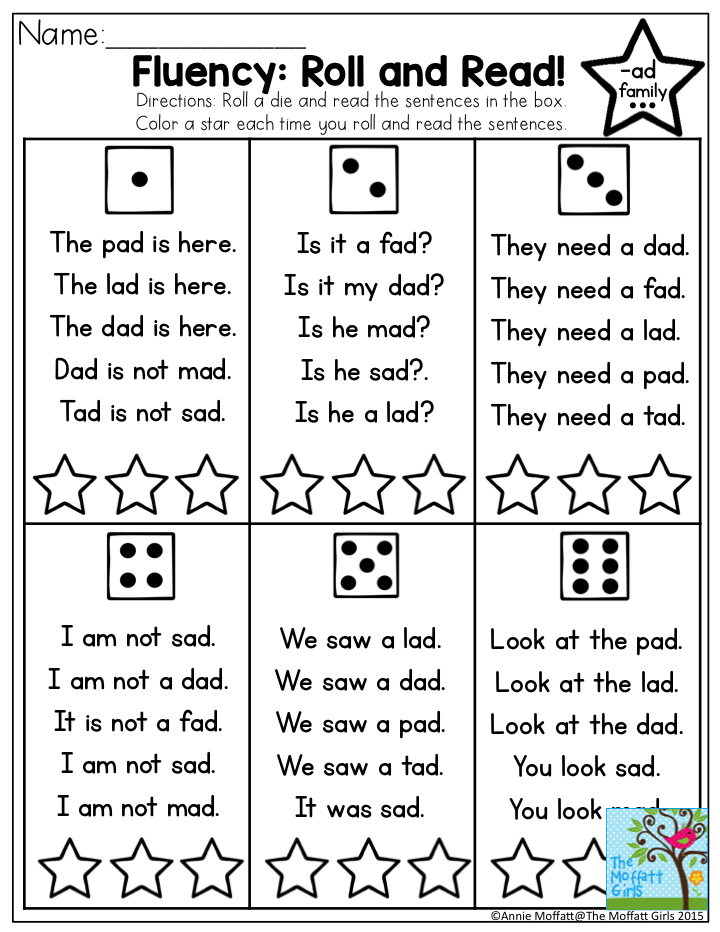
"Learning the Russian language" S. Gaffarova
The "Learning the Russian language" package includes a program for teaching Russian language to children from the middle groups of national kindergartens, a manual for educators. It contains class notes, physical education minutes, finger games, a workbook for children and educators, a selection of games and exercises, audio and video materials for work, both in the classroom and outside the classroom, a list of visual materials.
The handbook for educators contains an approximate distribution of program material by topics, where vocabulary, speech samples, microdialogues, songs and poems are highlighted, each topic is designed for work from 3 to 5 weeks. The presentation of the material of each topic begins with the formulation of tasks that will be solved by the educator in the course of work. Visual aids necessary for the work are given. The thematic principle of lesson planning makes it easier to control the stock of acquired vocabulary and speech structures.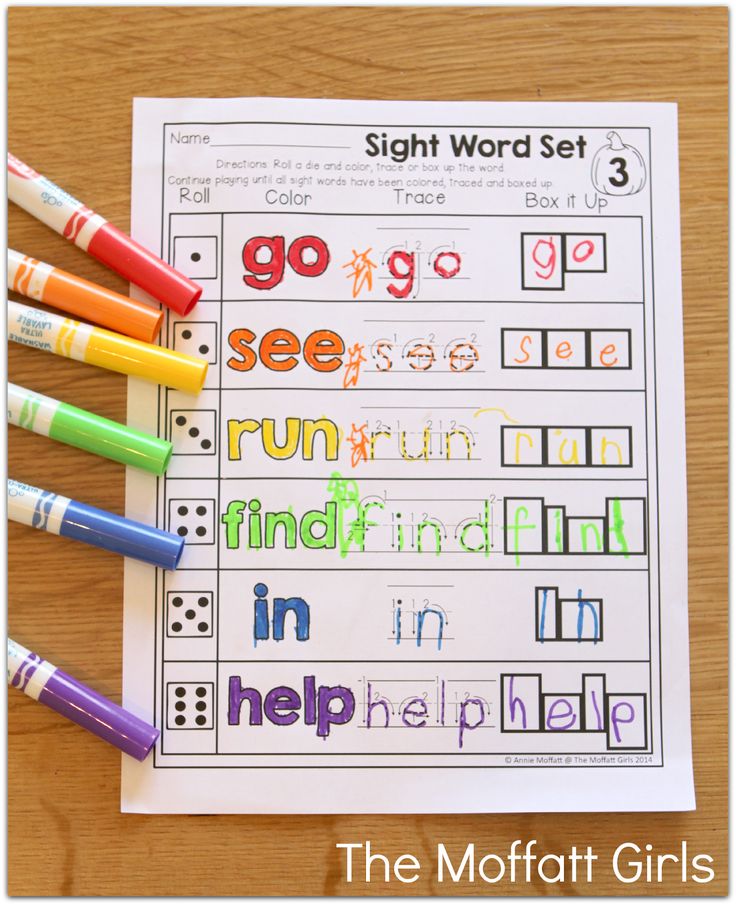 Classes are planned to be held 3 times a week in a playful way, with the participation of fairy-tale characters, toys, etc.
Classes are planned to be held 3 times a week in a playful way, with the participation of fairy-tale characters, toys, etc.
The workbook is part of the teaching materials for teaching children the Russian language and an annex to the guide for educators "Learning the Russian language". The notebook is designed for joint work of an adult and a child of 4-5 years old. With the help of this notebook, the child's vocabulary is fixed, as well as the ability to answer questions and make a sentence of 2-3 words. The workbook includes educational and game tasks aimed at developing fine motor skills, graphic skills and visual perception of children.
"Tatarcha soilashabez" - "We speak Tatar" Z. Zaripova
A creative group led by Z.M. Zaripova developed a teaching materials for teaching Russian-speaking children the Tatar language. The project consists of three parts: “Minem өem” (for the middle group), “Uyny-Uyny үsәbez” (for the senior group), “Maktәpkә ilta yullar” (for the group preparatory to school).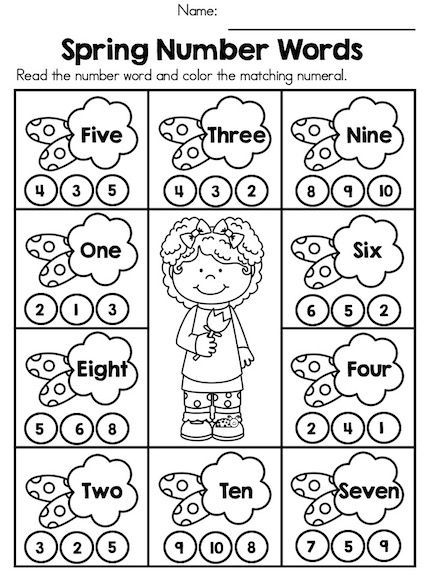 The main task of studying the Tatar language at preschool age is the formation of the initial skills and abilities of practical knowledge of the Tatar language in oral form, to form the motivation for the child's learning, to activate in speech words denoting an object, a sign of an object and an action; to promote the ability to compose short stories based on a series of situational pictures with one character, a plot picture, or from the child’s personal observations. In the process of learning, children must learn to perceive and understand Tatar speech by ear and speak Tatar within the limits of the topics available to them, the words they have learned.
The main task of studying the Tatar language at preschool age is the formation of the initial skills and abilities of practical knowledge of the Tatar language in oral form, to form the motivation for the child's learning, to activate in speech words denoting an object, a sign of an object and an action; to promote the ability to compose short stories based on a series of situational pictures with one character, a plot picture, or from the child’s personal observations. In the process of learning, children must learn to perceive and understand Tatar speech by ear and speak Tatar within the limits of the topics available to them, the words they have learned.
The workbook is one of the main components of the EMC “We speak Tatar”, designed for children aged 4-5 who are taking their first steps into the world of the Tatar language. A creative notebook will help: a child learn the vocabulary of the Tatar language, consolidate speech material, attract parents to actively engage in the development of their baby.![]() The workbook contains tasks for naming, summarizing and comparing objects to determine their size, size, quantity.
The workbook contains tasks for naming, summarizing and comparing objects to determine their size, size, quantity.
"Tugan telda soylashabez"
F.Khazratova, Z.Sharafetdinova, I.Khabibullina
Kindergarten is the first link in the education system. To become highly educated, a person must master all the riches of his native language. Therefore, one of the main tasks of the kindergarten is the formation of the correct oral speech of children on the basis of mastering the language of their people.
Preschool age is a period of active assimilation of the spoken language by a child, formation and development of all aspects of speech. Full knowledge of the native language in preschool childhood is a necessary condition for solving the problems of mental, aesthetic and moral education of children.
The main goal of speech education is for the child to creatively master the norms and rules of his native language, be able to apply them flexibly in specific situations, and master basic communication skills.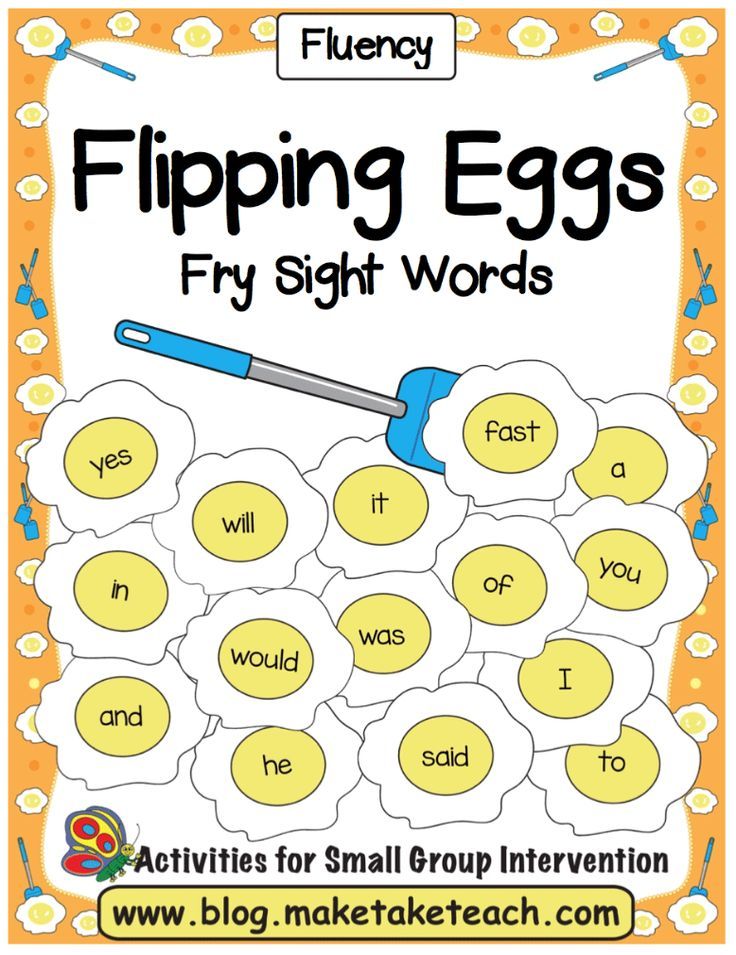
In this regard, the educational and methodological kit “Tugan teldә soylәshәbez” was developed and compiled. , a series of paintings.
The main goal of the EMC “Tugan telda soylashabez” is the formation of the correct oral native speech of preschool children. The main task for the program is to teach children to speak correctly and beautifully.
TMC "Tugan telde soylashabez" is developed for the first junior group, the second junior group, middle, senior, groups preparatory to school. Their peculiarity lies in the formation of the grammatical structure, phonetic, lexical levels of the language system, the development of coherent speech.
The methodological manual has the usual structure. The explanatory note reveals the relevance of the development of speech, teaching children the native language. The purpose and objectives of the methodological manual are indicated. The characteristic of the structure of the methodological manual is given. The age-related features of the development of children are revealed, which are taken into account when organizing the educational process in preschool educational institutions.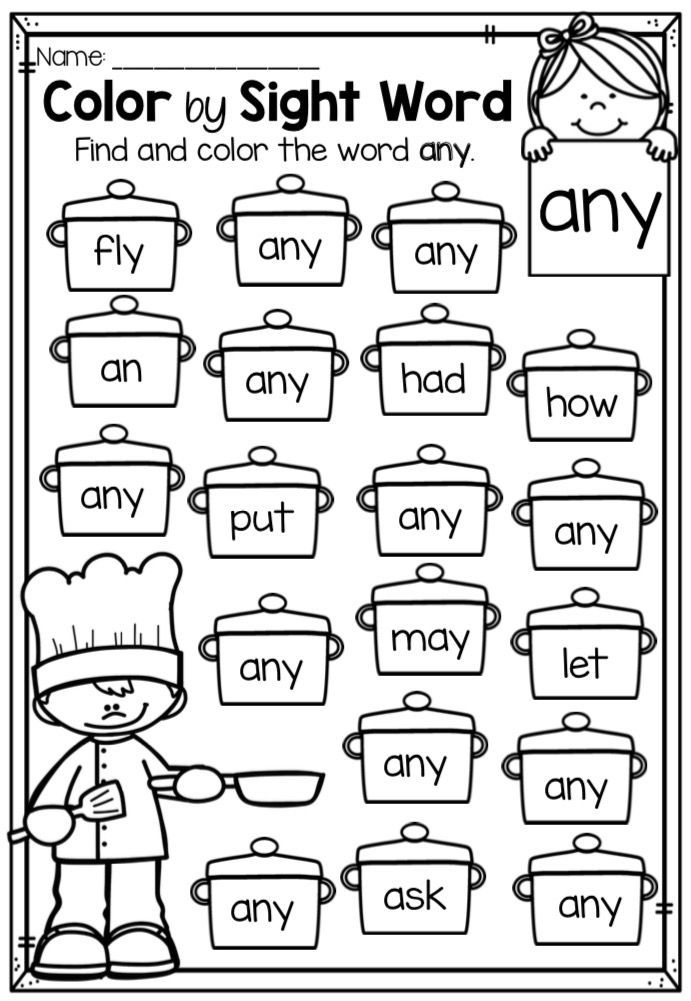
The manual proposes long-term planning of educational activities for children of the first junior group, which includes the subject of educational activities, tasks (developing, educational, educational), structure and means of training and education. Long-term planning is given in a convenient tabular form, which will allow preschool teachers to clearly conduct educational activities with children. It is designed in accordance with the thematic principle: “Kindergarten”, “Autumn”, “I am a Human”, “My environment”, “Winter”, “New Year”, “Dads and mothers, grandparents”, “Folk art ", "Spring Summer". Monitoring is carried out twice a year using a diagnostic technique. The monitoring results are recorded in the children's personal cards. Outlines of educational activities have also been developed. The educational activities of children are organized taking into account the Federal State requirements for the structure of the PEP of preschool education. There is an integrated approach to organizing the activities of kids.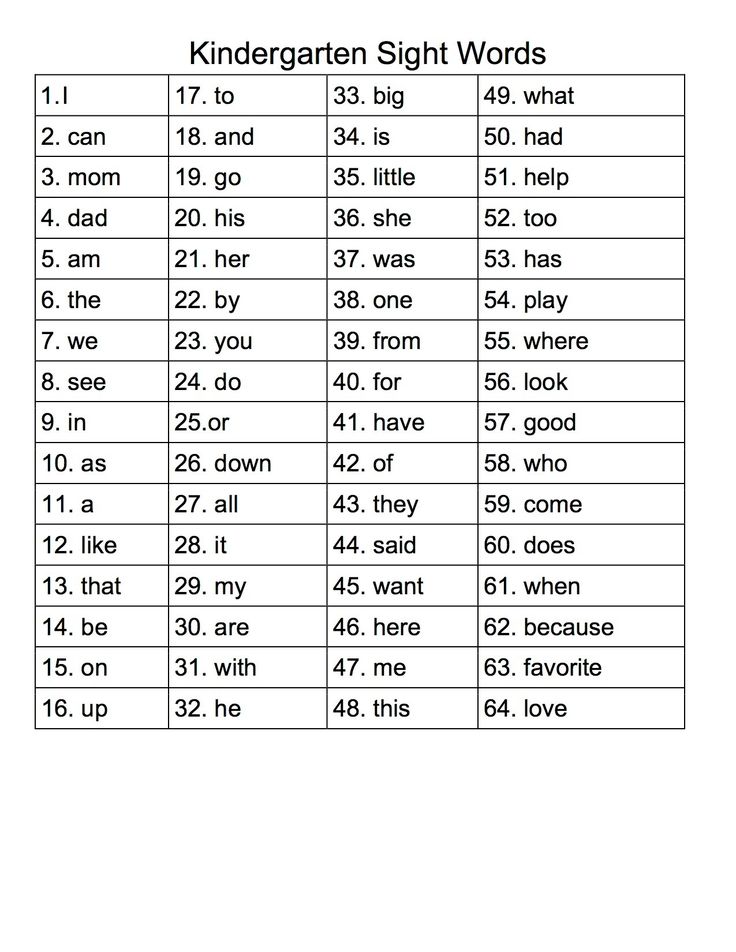
“Mәktәpkәchә yashtәgelәr әlifbasy: avazlarny uinatyp”,
“One word, two word” R. Shaekhova
the use of the words most suitable in meaning when designating objects, properties, qualities, actions. To encourage participation in a collective conversation, to form the ability to perform game tasks of a creative nature. Form an idea of a word, sound, syllable, sentence. To learn to distinguish a given sound in pronunciation, to divide two or three compound words into syllables, to name syllables in words in a certain sequence, to correlate the spoken word with the scheme of its sound composition, to conduct an elementary sound analysis of words (in the process of modeling). Develop psychomotor readiness of the hand for writing.
To solve these problems, we rely on the workbooks “Maktapkachә yashtәgelәr әlifbasy: avazlarny uinatyp”.
Also, for interesting and effective teaching of the Tatar language for educators and parents, a methodological manual "One - a word, two - a word" has been developed. The manual is compiled on the most common and familiar topics for children, where, next to the name of objects and phenomena in Russian and Tatar, an artistic text is given, questions about the content are revealed. Specially designed game tasks, cognitive stories, fairy tales, riddles allow expanding children's capabilities in memorizing and reproducing new information. NEW APPROACHES TO TEACHING STATE LANGUAGES TO CHILDREN
The manual is compiled on the most common and familiar topics for children, where, next to the name of objects and phenomena in Russian and Tatar, an artistic text is given, questions about the content are revealed. Specially designed game tasks, cognitive stories, fairy tales, riddles allow expanding children's capabilities in memorizing and reproducing new information. NEW APPROACHES TO TEACHING STATE LANGUAGES TO CHILDREN
IN THE DOE OF THE REPUBLIC OF TATARSTAN.
The modernization of Russian education has brought constructive changes to the system of preschool education. The traditional methods of organizing the pedagogical process of preschool educational institutions have been replaced by technologies of student-oriented interaction between teachers and children, the expedient organization of a developing environment, project-activity and competence-based approaches in the organization of pedagogical work.
Decree of the Cabinet of Ministers of the Republic of Tatarstan dated December 30, 2010 No.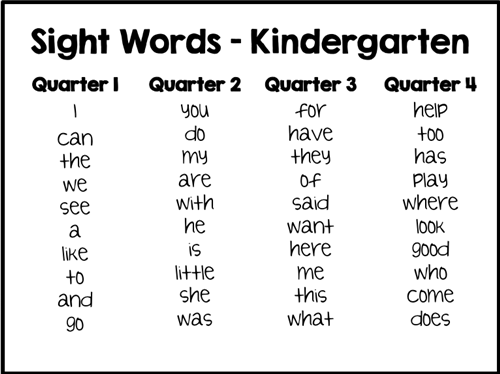 1174 “On Approval of the Education Development Strategy in the Republic of Tatarstan for 2010-2015. “Kilachak”, as part of the implementation of the priority measures of the Strategy, a creative group created by the Ministry of Education and Science of the Republic of Tatarstan developed a teaching and methodological kit for teaching children the two state languages in preschool educational institutions of the Republic of Tatarstan.
1174 “On Approval of the Education Development Strategy in the Republic of Tatarstan for 2010-2015. “Kilachak”, as part of the implementation of the priority measures of the Strategy, a creative group created by the Ministry of Education and Science of the Republic of Tatarstan developed a teaching and methodological kit for teaching children the two state languages in preschool educational institutions of the Republic of Tatarstan.
New approaches to teaching state languages to children in preschool educational institutions of the republic, which were developed by experts, were presented by the Minister of Education and Science of the Republic of Tatarstan Albert Gilmutdinov. in the future, English is also taught as a philological discipline. This is the deepest mistake. We want to make sure that the language is taught as a means of communication, as a tool for people's lives, especially at a younger age,” said the head of the Ministry of Education and Science of the Republic of Tatarstan.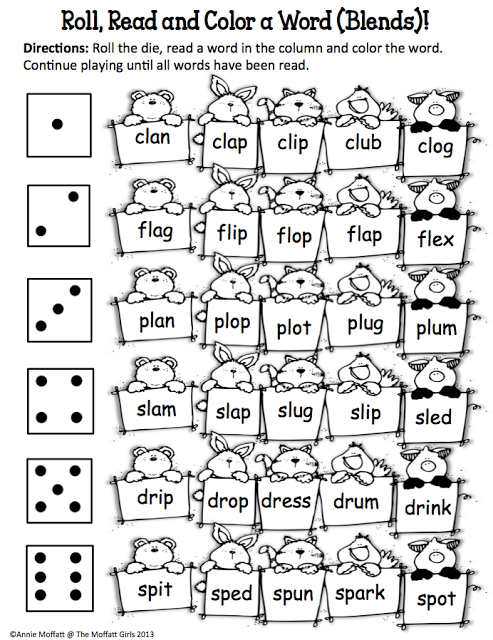
According to him, if in the past the teaching of languages was dominated by academicism, theorizing, now there is an appeal to the practice of orientation, multimedia, learning through games, fairy tales, cartoons. “Speaking about the new teaching methods, we are talking symmetrically about the Russian language for Tatar-speaking families and the Tatar language for children from Russian-speaking families. It is important that all children have a good command of both languages,” the minister stressed.
It is planned that in Tatarstan children aged 4-5 years should know 62 words in the Tatar and Russian languages, and already in the 4th grade of the school their vocabulary should have 1167 words. The prime minister of the republic asked the participants of the meeting why such a number of words should be in the arsenal of schoolchildren. As it turned out, the methods of teaching languages that have developed in the world were taken as a basis.
For teaching in kindergartens, an educational and methodological package was compiled, which included collections of works of art for educators and parents, as well as sets of audio and video materials in Tatar and Russian.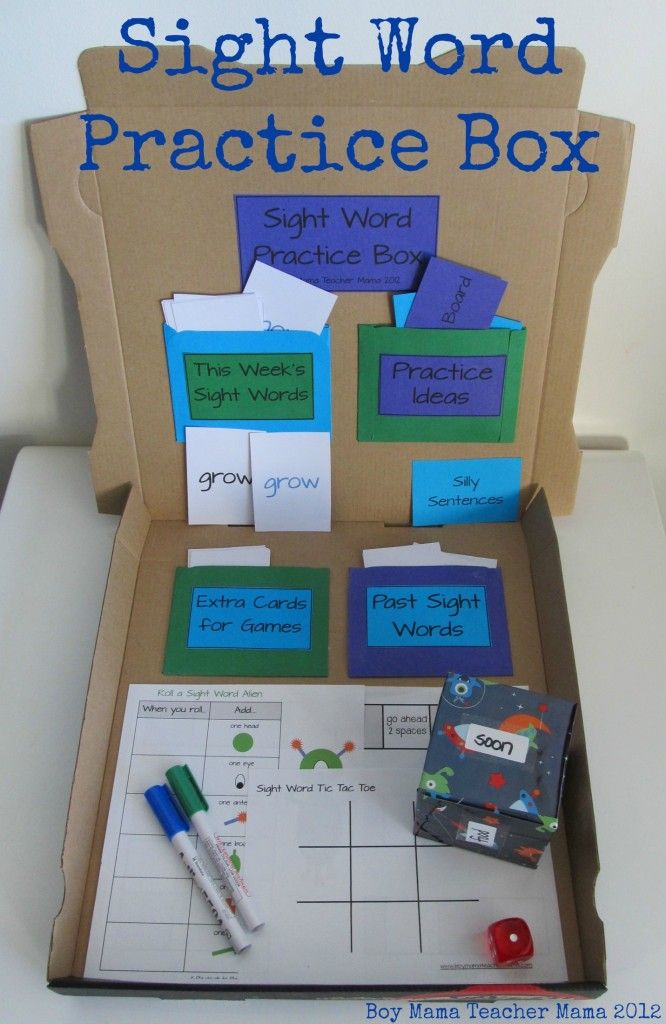 Especially for the new program, it was developed: 5 cartoons in the Tatar language, 45 animated stories, 8 educational programs that will be broadcast on the TNV channel. On the TNV channel, a TV show in the Tatar language “Akiyat ilendә” was created for preschool children in order to teach children colloquial speech. The new project provides an opportunity for very young viewers to learn the Tatar language together with their parents, starting from its very basics.
Especially for the new program, it was developed: 5 cartoons in the Tatar language, 45 animated stories, 8 educational programs that will be broadcast on the TNV channel. On the TNV channel, a TV show in the Tatar language “Akiyat ilendә” was created for preschool children in order to teach children colloquial speech. The new project provides an opportunity for very young viewers to learn the Tatar language together with their parents, starting from its very basics.
In each episode, the host of the program, cheerful and groovy Gulchachak, together with cute characters, in a fun way, introduces young viewers to new words, culture and traditions of the Tatar people. The most important elements of the program are interactive developmental tasks that involve both children in the studio and kids at the TV screens in thematic games, which contributes to the development of speech, vocabulary, and most importantly, interest in learning the Tatar language and forming the foundations of a multicultural personality.
TV programs use new developing educational technologies for studying the Tatar language as a means of communication. The duration of the program is 10 minutes, which corresponds to the optimal duration of watching a TV show recommended by children's specialists. The program was prepared by order of the Ministry of Education and Science of the Republic of Tatarstan with the assistance of the Republican Agency for Press and Mass Communications.
Experts oppose teaching children too early to read and write
https://ria.ru/20131114/976894115.html
Experts oppose ultra-early teaching of children to read and write
Experts oppose super-early teaching of children to read and write teaching children to read and write
Too early learning leads to neurosis and destroys the child's motivation to learn, experts in the field of education say.
2013-11-14T17:40
95 645-6601FSUE MIA “Russia Today”
https: //xn---C1acbl2abdlkab1og.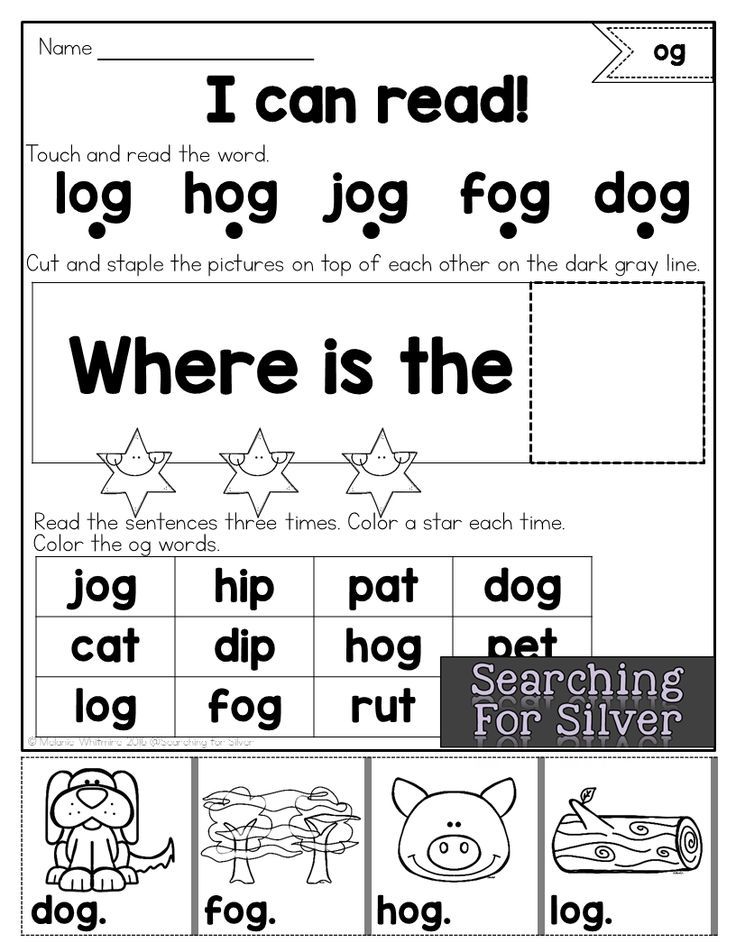 xn--p1ai/Awards/
xn--p1ai/Awards/
2013
RIA Novosti
1
5 9000 9000 9000 96 96 9000 9000 9000 9000 9000 9000 9000 9000 9000 9000 9000 9000 9000 9000 9000 9000 9000 9000 9000 9000 9000 9000 9000 9000 9000 9000 9000 9000 9000 9000 9000 9000 9000 9
7 495 645-6601
Rossiya Segodnya
https://xn--c1acbl2abdlkab1og.xn--p1ai/awards/
https://ria.ru/docs/about/copyright.html
https: //xn---c1acbl2abdlkab1og.xn--p1ai/
RIA Novosti
1
5
4.7
96 96
9000 7 495 64 646 646 64 64 646 64 646 64 646 646 646 646 646 646 645 646 646 645 645 64 645-66002 FSUE MIA "Russia Today"https: //xn---c1acbl2abdlkab1og.xn--p1ai/Awards/
1920
1080
TRUE
1920 9000 1440 9000 9000 9000 True
HTTPS: // CDNANNANNAL img.ria.ru/images/29781/39/297813944_167:0:2834:2000_1
7 495 645-6601
FSUE MIA Rossiya Segodnya
https://xn--c1acbl2abdlkab1og. xn--p1ai/awards/
xn--p1ai/awards/
society, education - society, russia
Society, Education - Society, All world, Europe, Russia
MOSCOW, November 14 - RIA Novosti. Ultra-early teaching of a child to read and write, due to inadequate requirements of parents and the educational system, leads to the destruction of the child's motivation to study, experts in the field of preschool education say.
Semyon Slavin: “Parents should not pay for classes in kindergarten”
NaN , NaN:NaN
alphabetic characters that underlie reading) <...> to do this, then the child develops an inefficient reading mechanism that persists for the entire period of study, "said Maryana Bezrukikh, director of the Institute of Developmental Physiology of the Russian Academy of Education, at a press conference on Thursday.
According to her, the child's early education system is usually associated with inadequate parental requirements.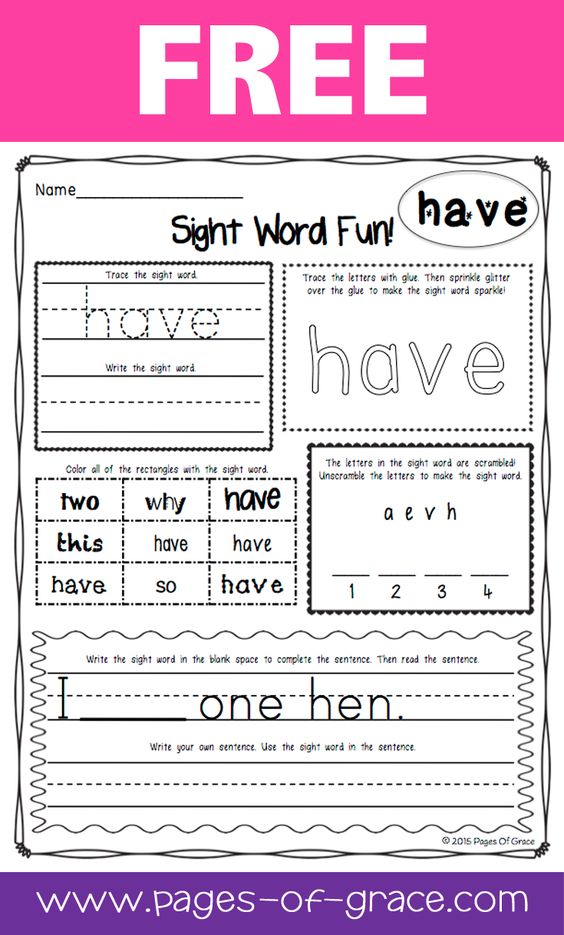 At the same time, she noted that not only parents, but also preschool institutions make inadequate demands on the child.
At the same time, she noted that not only parents, but also preschool institutions make inadequate demands on the child.
Why do children have problems with reading
NaN , NaN:NaN
Tatiana Volosovets, director of the Federal State Scientific Institution "Institute of Psychological and Pedagogical Problems of Childhood" of the Russian Academy of Education, also believes that the position of parents who want their children to be as intellectually developed as possible for school , knew how to read, write, knew a foreign language, the basics of painting and solfeggio, can lead to the fact that the child does not want to learn anything at school.
"Doctors are now seeing a general decline in the state of health in children who live in a very difficult regime - they go to English classes, and to sports clubs, and to painting classes, and anywhere else that parents think of. Then children come home at 9 pm and fall down from fatigue.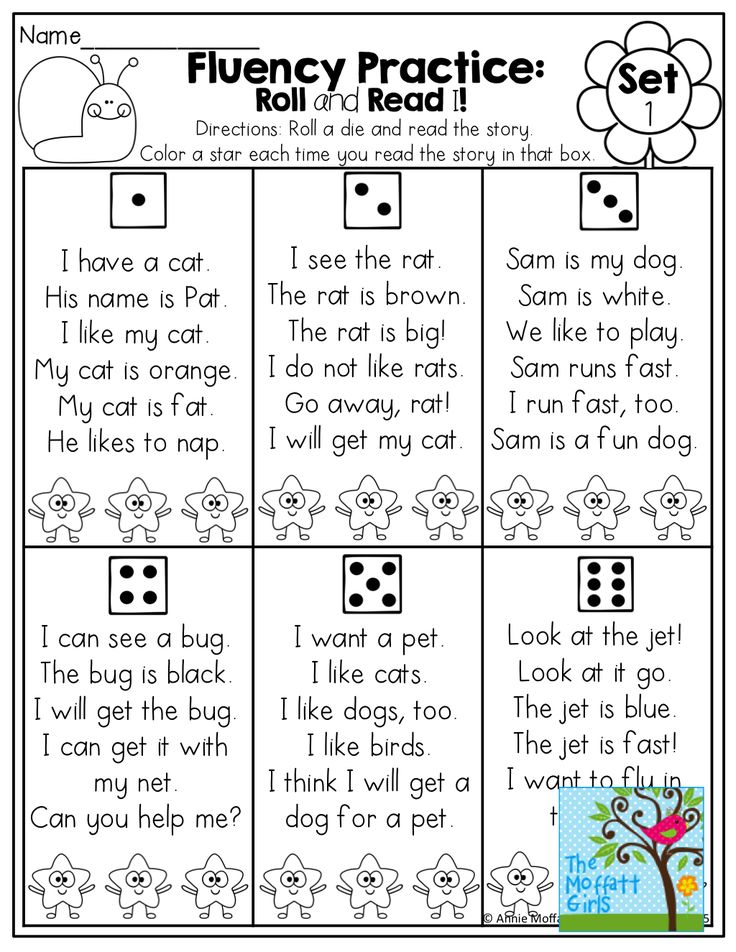 This leads to general somatic diseases, to neurosis and to the destruction of motivation for learning as such, since he comes to the first grade and does not want to study, and can no longer study, " the expert explained.
This leads to general somatic diseases, to neurosis and to the destruction of motivation for learning as such, since he comes to the first grade and does not want to study, and can no longer study, " the expert explained.
"A child must grow up in a system of adequate requirements," added Bezrukikh.
"You cannot demand the ability to read from preschoolers"
Vladimir Zagvozkin, Leading Researcher, Moscow Institute of Open Education: "Currently, there is a consensus in the world that direct teaching of reading, writing, mathematics, etc. to children primary and preschool age does not lead to anything good, but if at home or in kindergarten, for example, there is a literacy corner where there are books, paper and pencils, children are read fairy tales and stories, look at picture books, encourage their own imagination and verbal creativity, when a child invents stories, and an adult writes down after him, etc., then children, without any coercion, sitting at their desks, master the rudiments of literacy, reading and writing, as if by themselves, without direct instruction, and, most importantly, each at their own pace.

